|
Week ending: 24th September: Skateraw
On Sunday, a storm low-pressure was due to move eastward into Central Scotland. However, it
would not arrive at the Lothian coast until late afternoon. I decided then that Skateraw would be a
suitable destination, not just because it is tucked away in the east, but that we had not visited
there since early April, so it was well due a visit. Our Sunday visit to Dalkeith Morrisons café for
breakfast was quite enjoyable (7/10, let down somewhat by slow service, some overcooked items
and no receptacle for the toast) and set us up well for a possible battle with the weather.
It was sunny when we arrived at Skateraw, but we could see that clouds were rolling in. High tide
had just passed, but there didn’t seem to be many birds in the bay. Nonetheless, we set off up the
path to the top of the old limekiln from where we could see the whole bay and shore and also the
mass of bushes that covers the steep foreshore. A Robin was singing in the bushes closest to us
and was soon joined by a male Chaffinch. I noticed a spider creeping along the wooden safety rail
we were leaning over. It was Phalangium opilio, more commonly known as the Common
Harvestman, or, to children as “Daddy Longlegs”. The only birds we could see though on the
rocky shore were Herring Gulls of various ages.
| Robin |
Chaffinch |
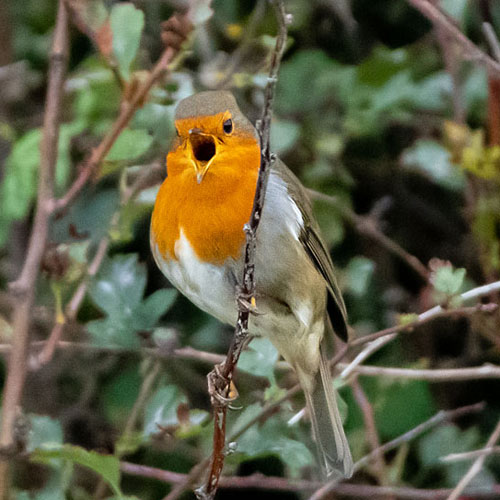 |
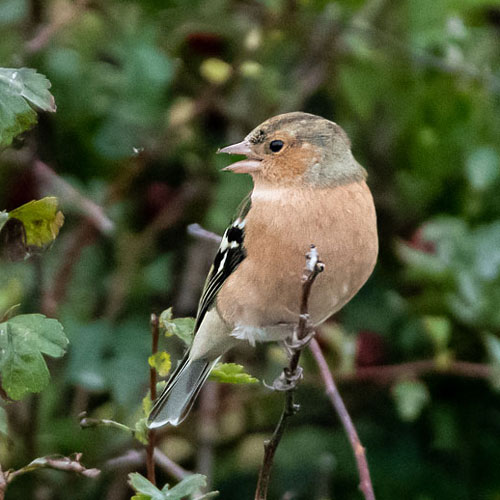 |
| Harvestman - Phalangium opilio |
Herring Gull |
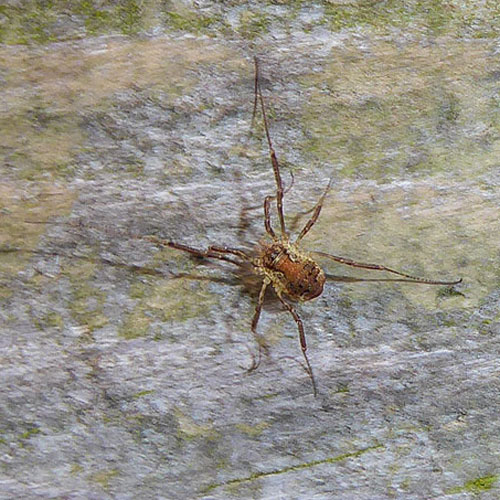 |
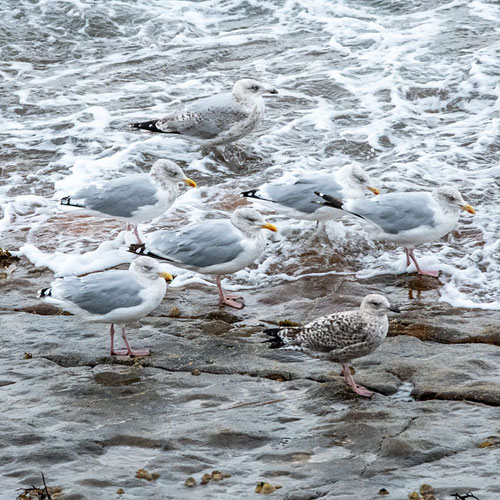 |
We decided to move further along the footpath towards Torness Power Station in order to scan
more of the shore. John pointed out a Brown-lipped Snail that was on the sea wall. I also
photographed a pretty Knapweed flower, which is often confused with a thistle. Looking over the
wall we started to see birds. A few Oystercatchers and Redshanks flew in and also Carrion Crows.
There was also a Curlew wading through some rock pools directly below where we were standing.
| Brown - lipped Snail |
Common Knapweed |
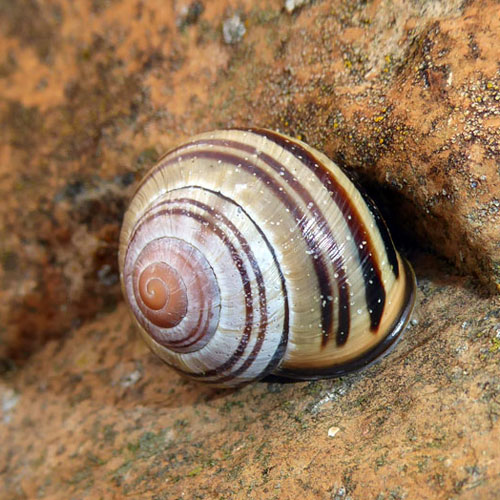 |
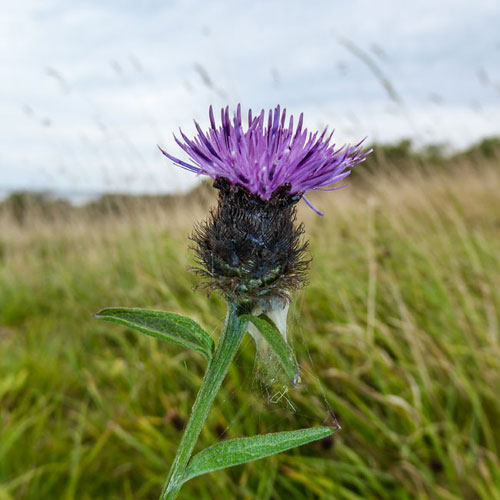 |
| Oystercatcher |
Redshank |
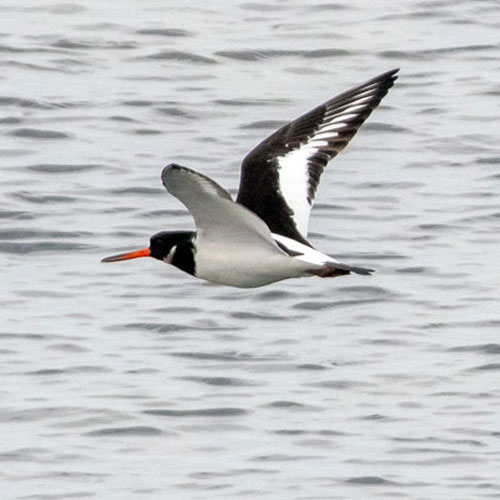 |
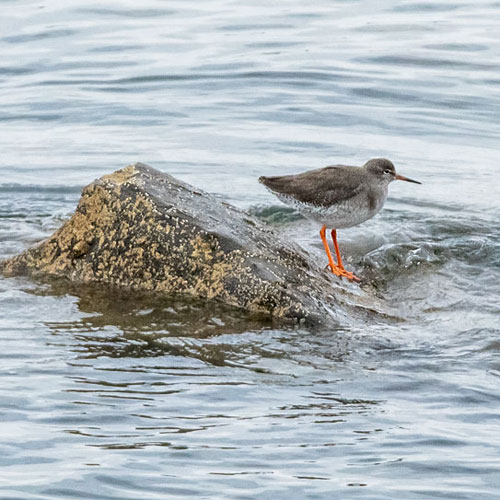 |
| Carrion Crow |
Curlew |
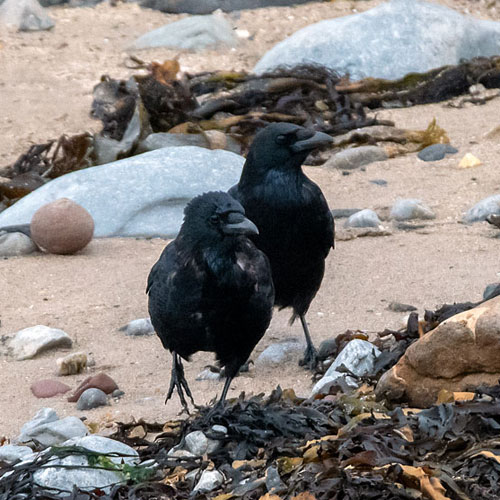 |
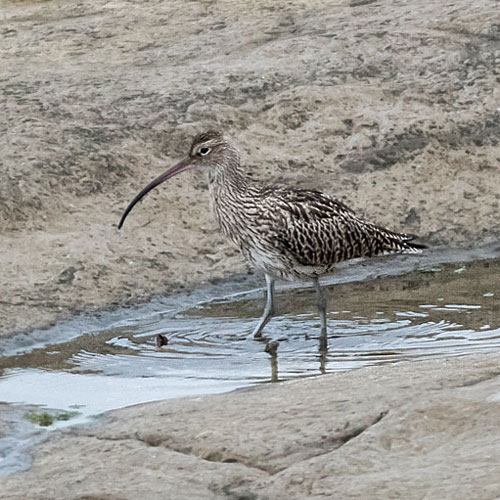 |
John suddenly announced, “Geese incoming!” and pointed towards the fields to the southeast.
Several groups of honking Canada Geese passed to the west across our view. There are
two concrete towers in bay near the power station. I’m unsure of their function but the Shags and
Cormorants use them as perching positions. Fairly satisfied with what we’d seen, we doubled
back so that we could explore the area of coast at Chapel Point. The light was deteriorating as
more cloud rolled in from the southwest. As we neared the cottage that overlooked the bay, there was
a flock of Linnets perched on telephone cables below which were hedgerows loaded with
red Dog Rose (hips) and Hawthorn berries (haws).
Red Valerian and White Deadnettle plants were still flowering around the cottage. And around a
ruin of another building in the southwest corner of the bay, John made a couple of nice sightings:
a weathered Mottled Rustic Moth and a Fox Moth caterpillar.
| Red Valerian |
White Deadnettle |
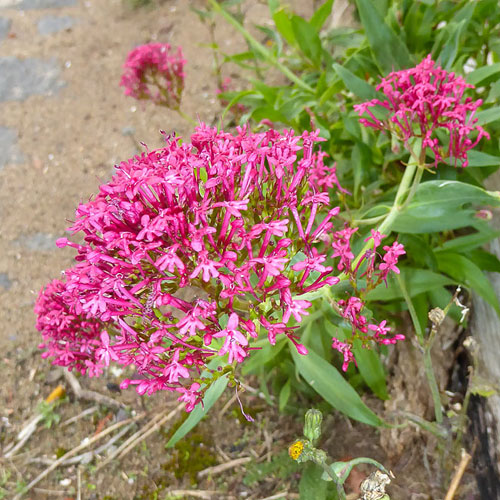 |
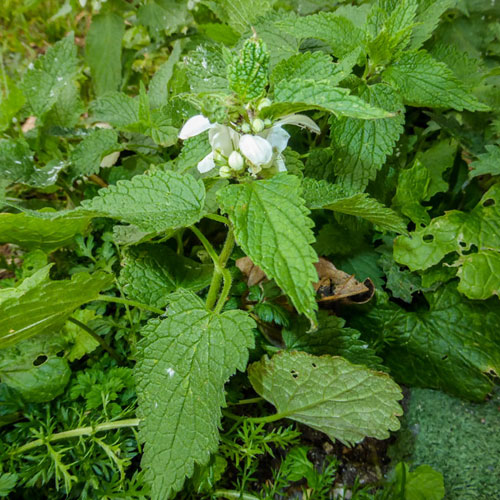 |
| Mottled Rustic Moth |
Fox Moth Caterpillar |
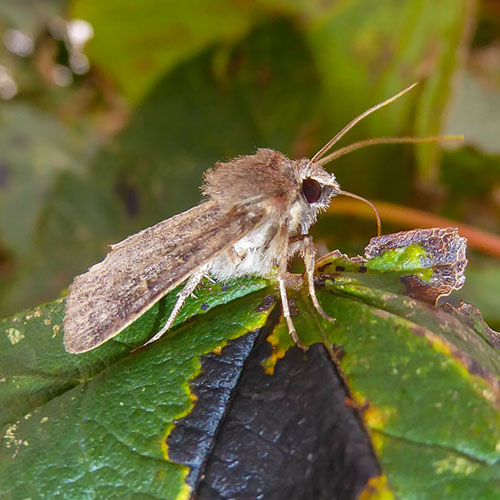 |
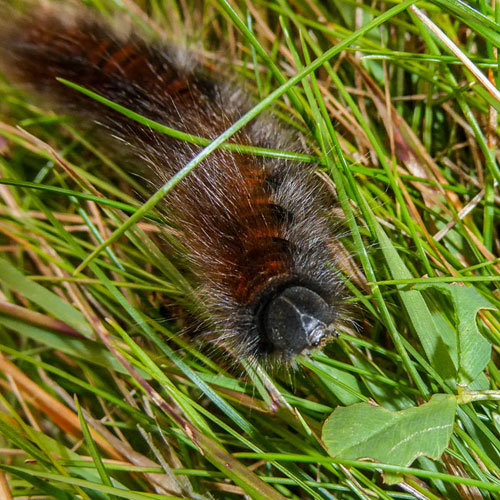 |
We walked towards Chapel Point, settled on our wee 3-legged stools and surveyed the shore and
Firth of Forth. To the west, the Barns Ness lighthouse stood out prominently, with the Bass Rock,
home of the Gannets, in the background.
Just as I photographed the above panorama, I noticed a flock of geese rising to the east of the
Lighthouse. They were too far off to identify, however, it seems likely that they were the Canada
Geese we had seen earlier.
John was delighted to spot a surfacing Seal about 100m away. A lot nearer, along the rocky
shoreline, there were several Redshanks and Oystercatchers foraging. Also, a Curlew and
Cormorant passed.
The cormorant joined a group at the northeast side of the Point’s rocky shelf.
Another flock of geese flew past some 200m out into the Firth. We thought at the time that they
were Canada Geese, but on examining the pictures, I now realise they were in fact Barnacle
Geese heading south for the winter.
The light was worsening as dark grey clouds loomed in the south. We walked back along the west
edge of the bay to the beach. Another Curlew was lurking among the big rocks and John alerted
me to the presence of a pair of Bar-tailed Godwits that were working their way along the
water’s edge, probing the sand for invertebrates with their stiletto-like bills. Unfortunately they
were spooked before I could photograph them. However, I did see that they settled on the shore
to the east of the old limekiln. On my way over there they surprised us by flying back over the
beach, allowing me to get some nice (though dim) shots. We eventually reached the rocky shore
in front of the limekiln, where we once again settled on our stools to view whatever turned up. We
got a visit from another Curlew and, soon after, a female Wheatear and a Robin appeared
on top of the the large boulders a bit further around the shore.
| Curlew |
Bar - tailed Godwit |
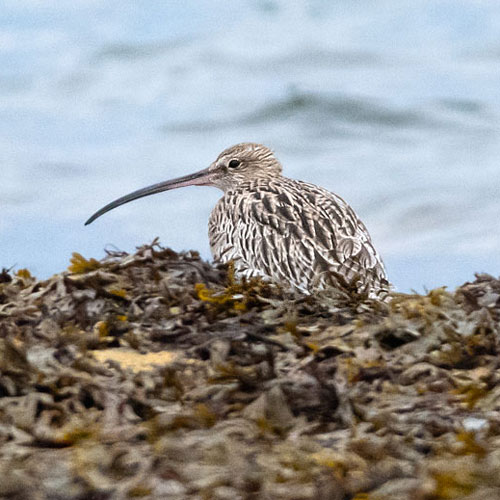 |
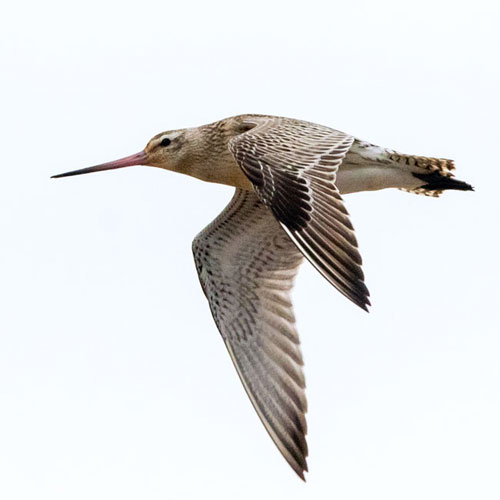 |
| Female Wheatear |
Robin |
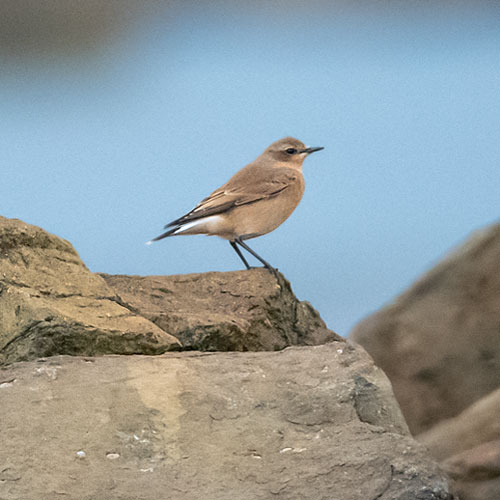 |
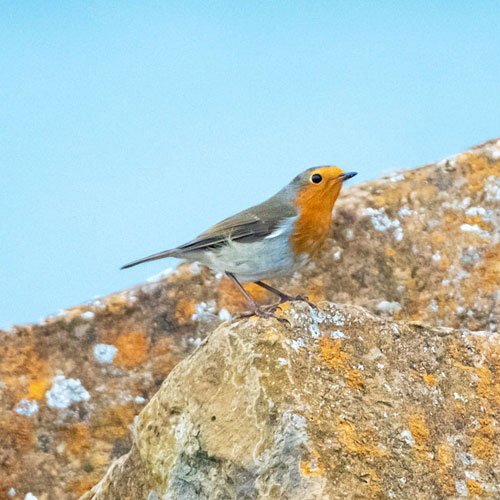 |
We decided to relocate to where the birds seem to go down. On our way to that position. I
photographed some Sea Mayweed and a Carder Bumblebee on Ragwort. Also, John noticed a
Small White butterfly feeding on Dandelion flowers. We then settled again on our stools, in the
midst of the many large rocks and waited for the birds to turn up. The first to show was a Rock
Pipit.
| Sea Mayweed |
Common Carder Bumblebee |
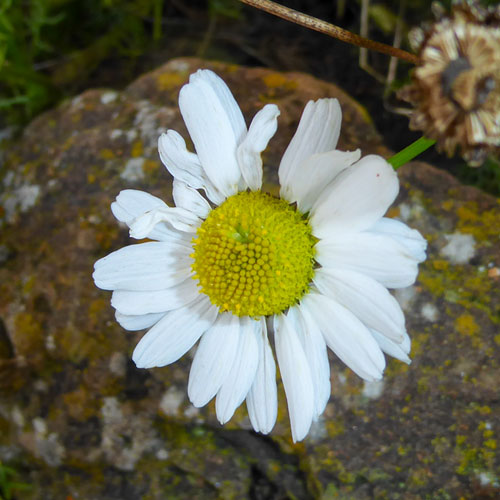 |
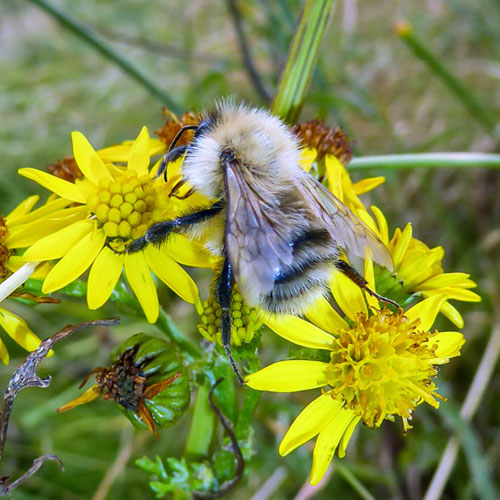 |
| Small White Butterfly |
Rock Pipit |
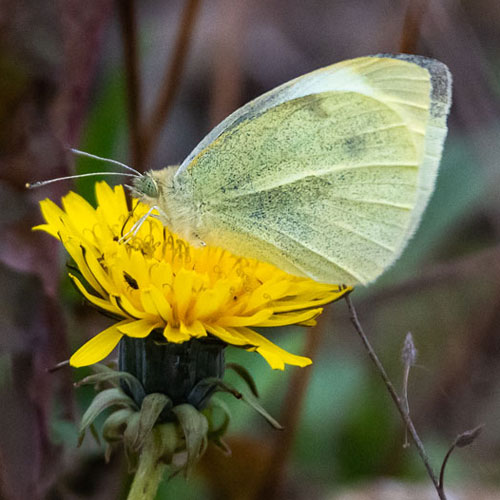 |
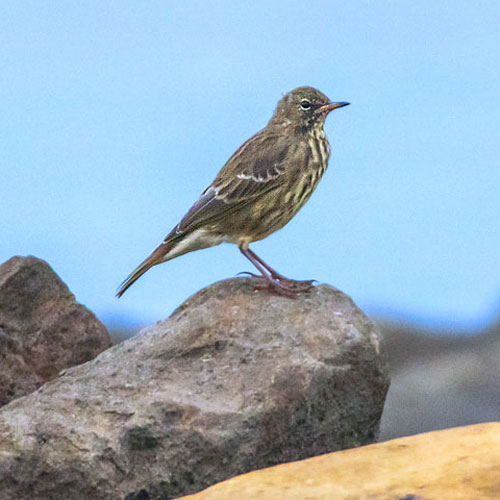 |
By this point, the light was really dim and the sky over the power station was becoming dramatic.
I got a second, closer sighting of the Robin, Wheatear and Curlew I’d seen earlier. Also, there was
a Bar-tailed Godwit (possibly one of the pair I’d recently photographed) dookin’ its beak into the
shallow water’s edge just 30m from where we were sitting. A Rock Pipit was next to show. It was
peeking over the edge of one of the boulders. John spotted a diving female Eider that was being
harassed by a juvenile Herring Gull. Each time the Eider surfaced, the Gull landed on her.
However, the Eider won out in the end.
After a quiet start we ended up with an eclectic mix of sightings. Highlights for me were the
Barnacle and Canada Geese, Wheatear and Godwits. Our teas and strawberry tarts went down
with a sense of satisfaction that our choice of destination had paid off. We made our final sighting
as we drove away from Skateraw. Passenger John spotted a group of Canada Geese sitting 50m
away in a field between Skateraw and Torness. I stopped the car while John snapped the geese.
It finally started to rain as we drove along the A1.
Week ending: 17th September 2023: Hogganfield Park LNR
(Map)
We had no Sunday visit this week, but during the week I visited Hogganfield Park LNR (Website) on
several occasions and observed and photographed a pleasing number and variety of the natural
delights that any alert visitor could see at the reserve.
I began my circuit of the reserve at the car park which wasn’t as busy as usual due to the close
proximity of the large new car park for the “Golf-it” development. Below is the view from
the car park, looking across the north side of the Loch.
The cars park a few metres from the lochside and there are usually a large number of birds in that
part of the Loch waiting patiently for people to turn up with bread. Hence I was able to start
snapping straight away with shots of female Goosanders and Tufted Ducks. Mallards are
very common as, of course, are the very plentiful Mute Swans (Whooper Swans usually visit in the
winter). There are also plenty of gulls such as the Lesser Black-backed Gull.
| Female Goosander |
Female Tufted Duck |
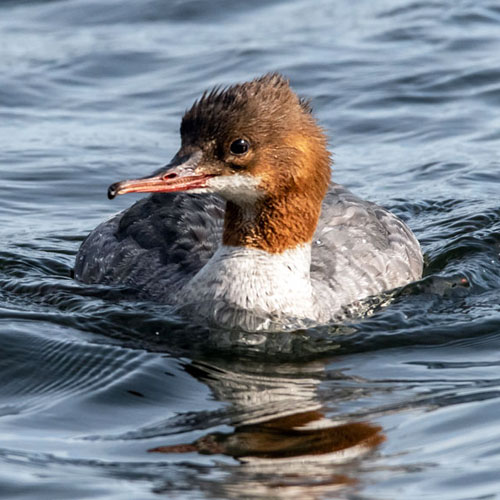 |
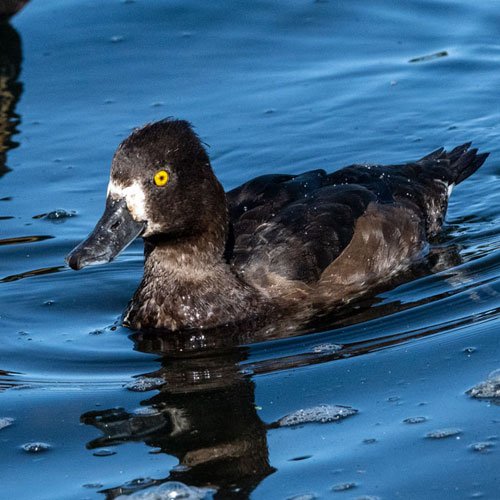 |
| Drake Mallard |
Mute Swan |
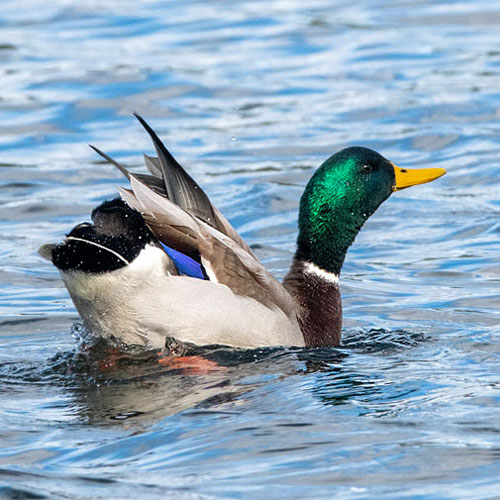 |
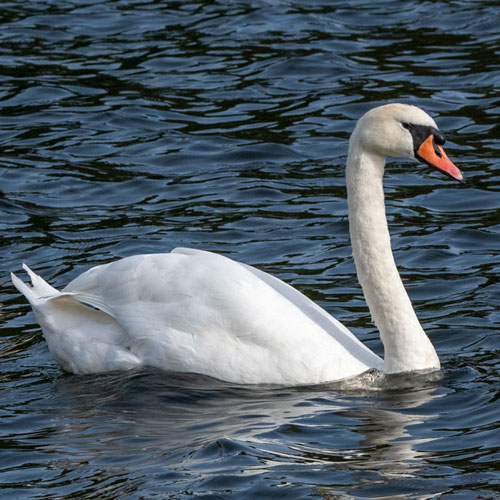 |
| Lesser Black - backed Gull |
1st Cycle Lesser Black - backed Gull |
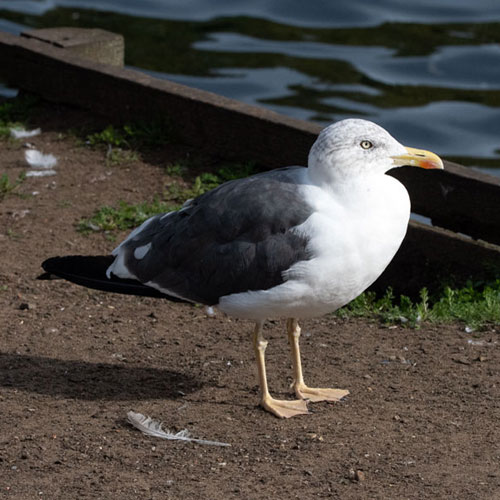 |
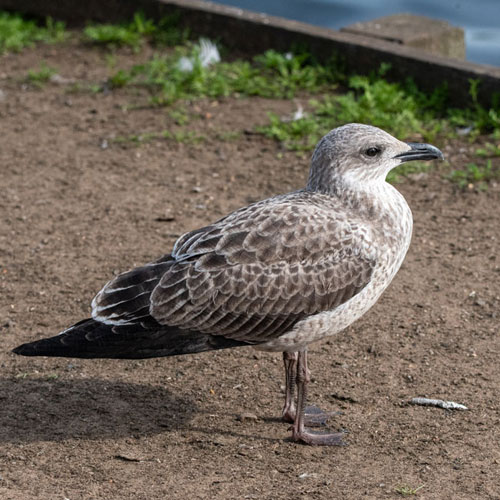 |
In the warmer months, hoverflies feed on wildflowers along the west side of the loch. I
photographed the Sunfly and Syrphus Ribesii on Michaelmas Daisies, and a Long Hoverfly
on Yarrow and Eristalis Arbustorum on Meadowsweet. There were also lovely Watermint and
Bird’s-foot Trefoil flowers bordering the water.
| Hoverfly - Sunfly |
Long Hoverfly |
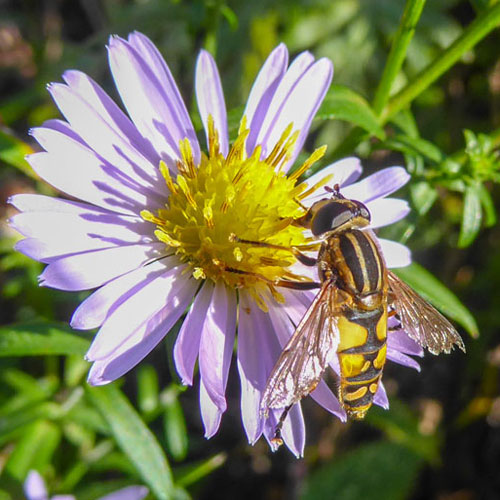 |
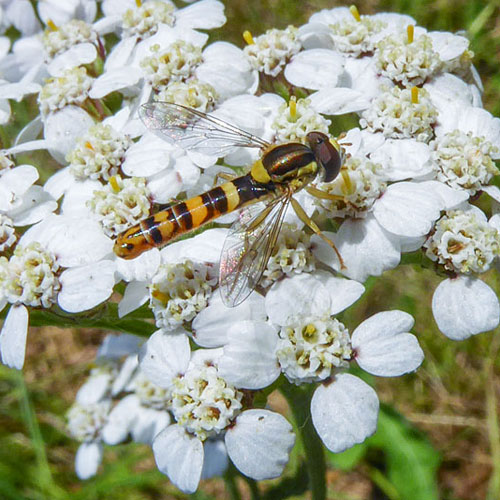 |
| Hoverfly - Syrphus ribesii |
Hoverfly - Eristalis arbustorum |
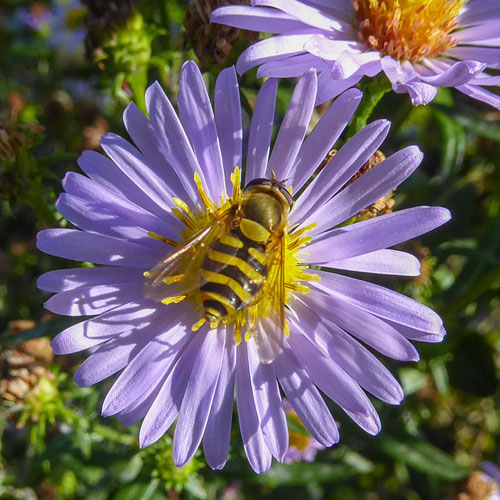 |
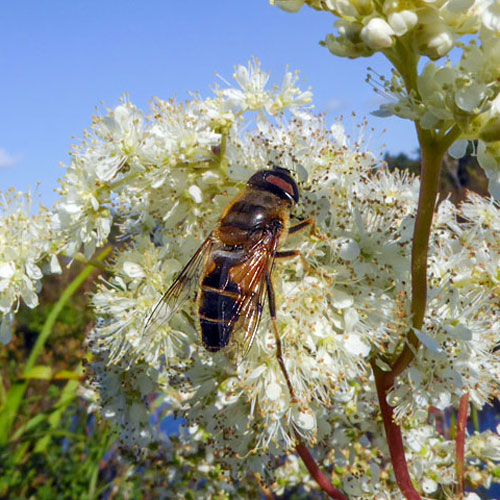 |
| Water Mint |
Common Bird's - foot Trefoil |
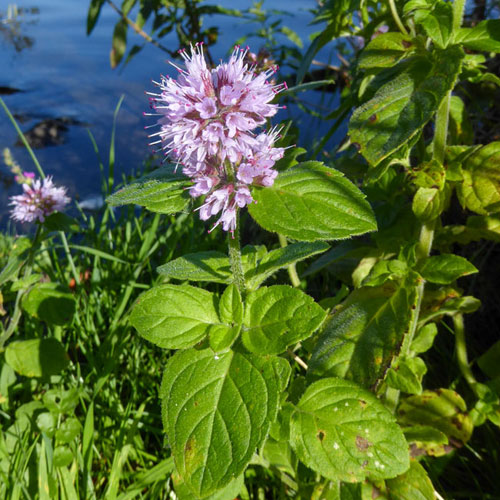 |
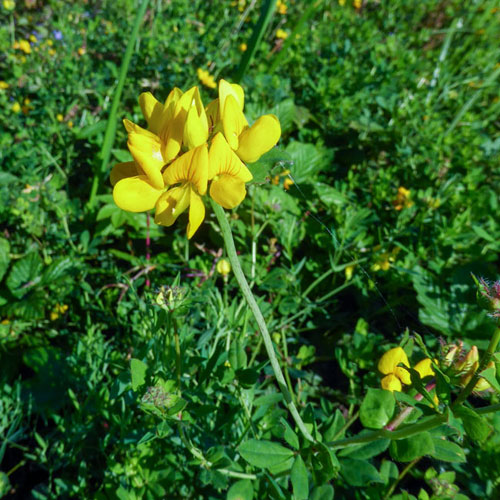 |
At the southwest corner of the Loch there are perches for Cormorants to roost on. These can often be
seen drying their spread-out wings in the pleasant sunshine. Last week three Buzzards
circled overhead as I photographed the Cormorants, while a pair of Moorhens attended to the noisy
and persistent demands of their two chicks. Nearby, on the sandy shore, a Carrion Crow was
puzzling over something at its feet. A group of about a dozen Canada Geese were paddling
offshore, avoiding passing dog walkers.
| Cormorant |
Common Buzzard |
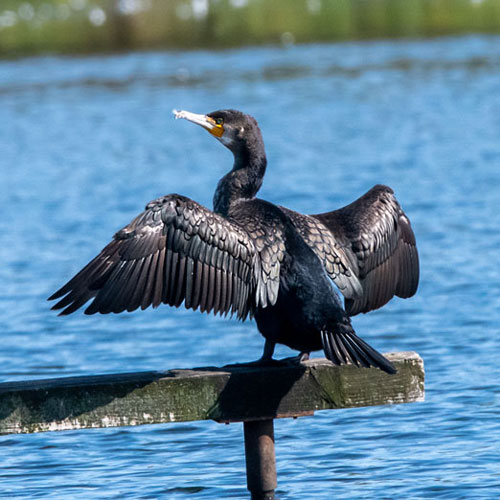 |
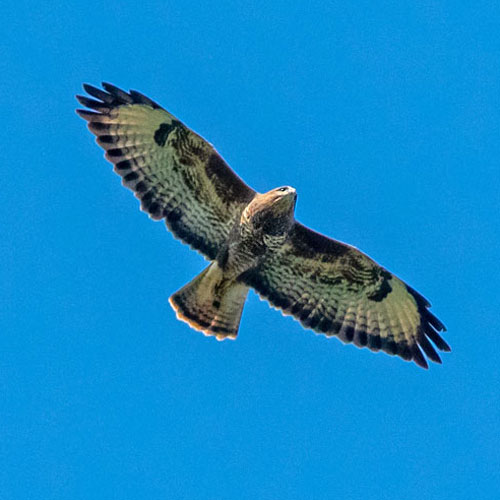 |
| Moorhen |
...Hatchling |
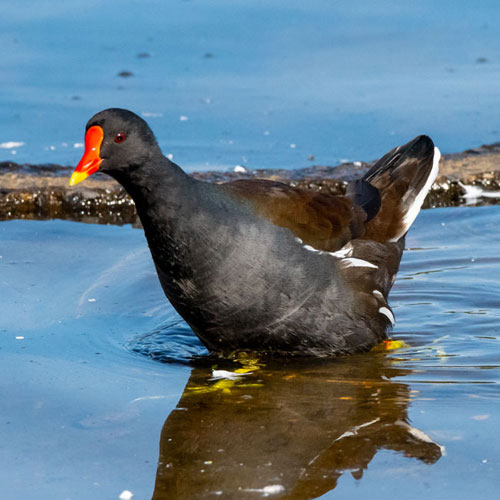 |
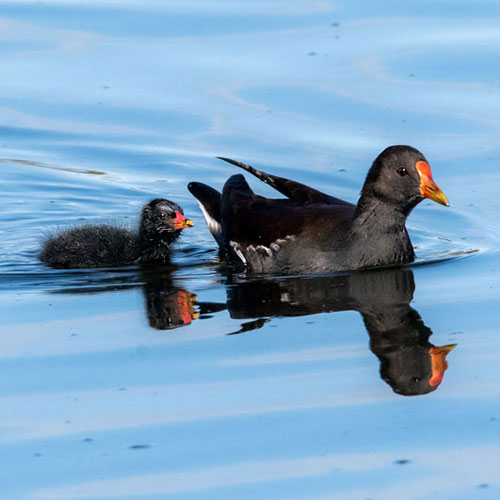 |
| Carrion Crow |
Canada Goose |
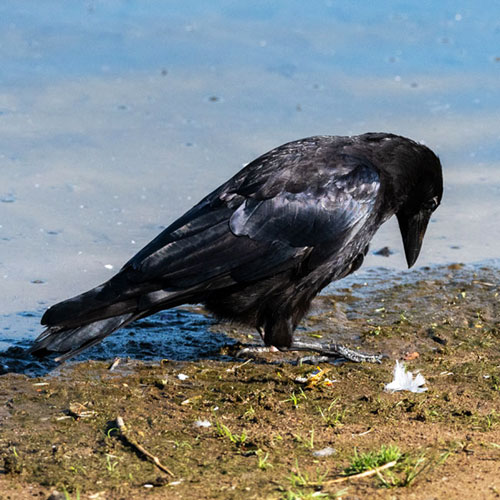 |
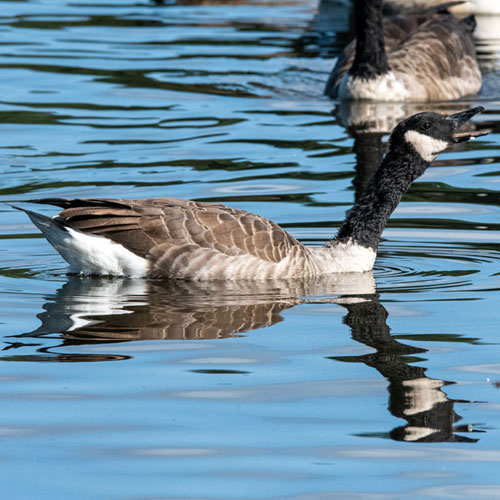 |
Canada Geese looking to wade ashore once the threat of dogs had passed.
Around the park, remnants of diseased trees often host certain fungi, such as the Sheathed
Woodtuft I discovered on a rotting tree stump. At the west entrance of the channel behind
the island there was another chick, this time a Coot demanding food from its mother, who
resisted, perhaps to encourage it to learn to feed for itself. Continuing the baby bird theme, I
noticed a family of Little Grebes diving for fish about 35 m from my viewpoint. There were a
couple of hungry chicks eagerly waiting for their resurfacing parents. When the adults surfaced
the chicks swam to them cheeping frantically until they were passed a small fish.
At the east entrance of the channel, and to the east of the island, there are artificial islands with
plants that nourish the loch’s water and also provide birds with safe (-ish) roosting and nesting
positions. As can be seen from the picture below, the rafts are popular with the birds, who often
fight for places. (There are also artificial islands by the the southwestern edge of the Loch).
A nesting Great Crested Grebe seemed to have sole occupation of a whole island, while other
islands were rather overcrowded with intolerant ducks - such as Shovelers, Gadwall
and Pochards .
| Great Crested Grebe |
Shoveler in Eclipse plumage |
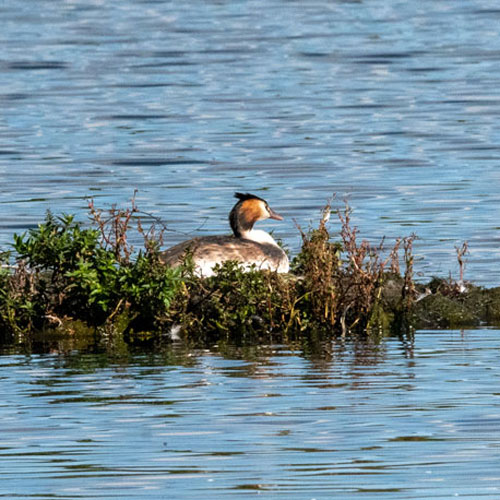 |
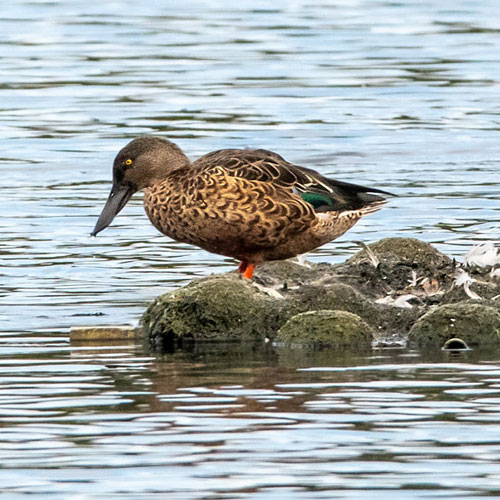 |
| Gadwall |
Pochard |
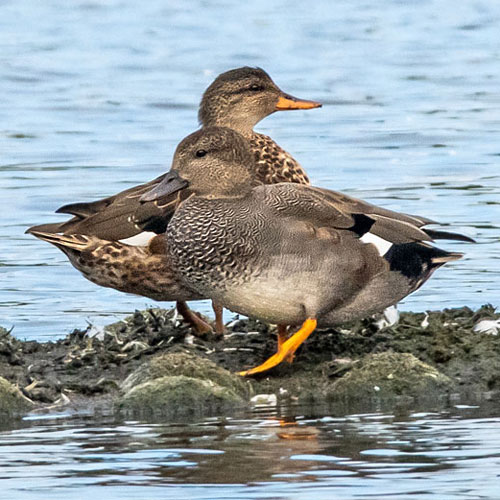 |
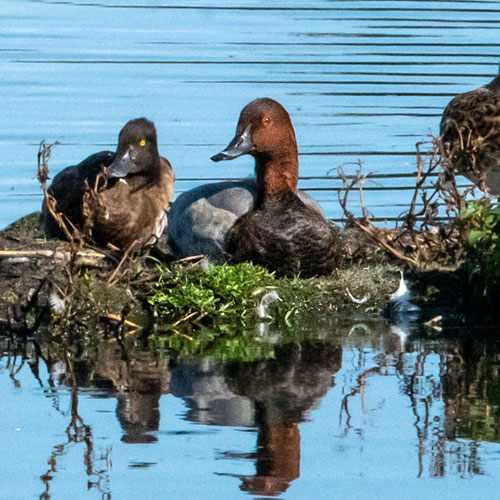 |
The pond to the east of the loch is always worth checking for birds, flowers and insects. I was
disappointed to find that it was birdless, until a wee Kingfisher flew in across the pond and
sat for a very short time on twigs overhanging the water, before dashing into a bush. I also found
a Red Admiral and a Small White butterflies in the same area.
I returned to the lochside road to complete my circuit of the Loch and immediately snapped a
Magpie that was posing in a roadside tree. As I rounded the corner onto the north side of the
Loch, I noticed a Coot chick sitting on its nest. The north edge of the Loch overlooks the widest
area of water. It is where Tufted and Pochards ducks and also Great Crested Grebes can
sometimes be seen diving for food. Further along the road I came across a two Great Crested
Grebes fishing, an adult and its adolescent. It was nice to see the young bird with a fish with its
parent keeping an eye on it.
I always find Hogganfield Park to be a rather special Local Nature Reserve. It is first and foremost a
Glasgow public park which has a large footfall of people whose first interest is not to commune
with nature but to gain some physical or mental benefit from walking in the park. Wildlife too
seems to have a similar experience of the park and people and wildlife alike coexist rather well
and long may that continue
Week ending: 10th September 2023: Barns Ness
Sunday was the end of a long dry spell weather-wise. Thunderstorms were predicted to form in Central
Scotland by Sunday afternoon. I chose Dunbar as our destination since the sunny weather was
to last well into the afternoon. There had been reports earlier in the week of a Basking Shark and
also Dolphins along the Lothian coast, so we hoped we would see them on Sunday. Our day got
off to quite a bad start when we learned that the Edinburgh bypass Road was closed due to an
accident. I decided to re-route through Leith in order to access the A1. That change necessitated
a change of breakfast location, to Granton Morrisons (9/10: very good, apart from overcooked
bacon).
The tide was quite high when we arrived at Barns Ness, just east of
Dunbar, and the weather was sunny. As we set off on our usual circuit
of the area, I noticed some beautiful pink Common Storksbill flowers
growing around the grassy edges of the car park. I also snapped a
Red-tailed Bumblebee that was probing a Common Hawkweed flower. At the
rocky shore closest to the car park, John spotted a Pied Wagtail that
was searching a pile of seaweed for invertebrates. I also noticed a
rather grey-looking eclipse Mallard in the centre of a rock pool.
| Common Storksbill |
Red - tailed Bumblebee |
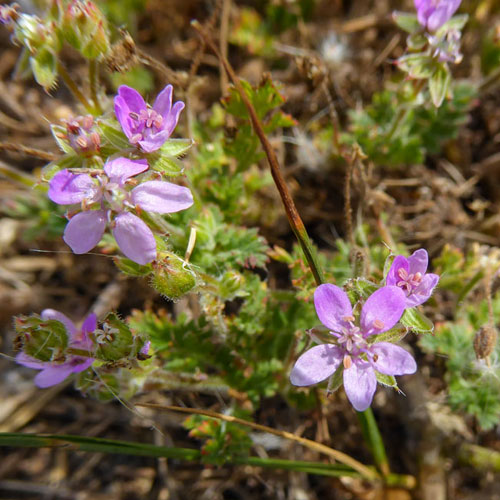 |
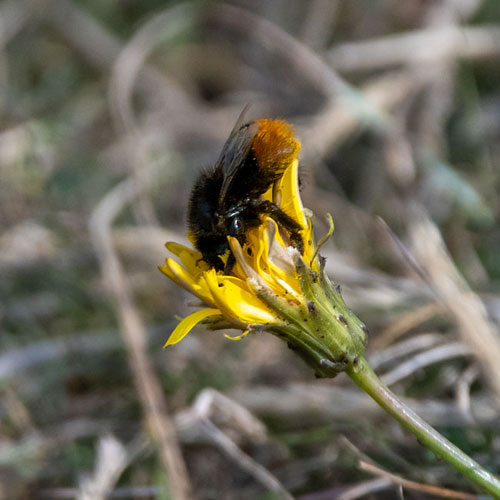 |
| Pied Wagtail |
Mallard in Eclipse plumage |
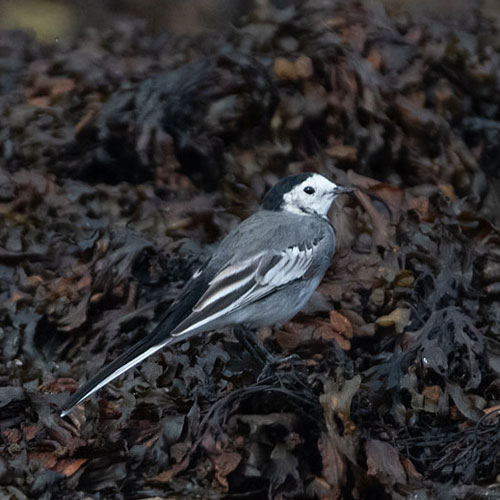 |
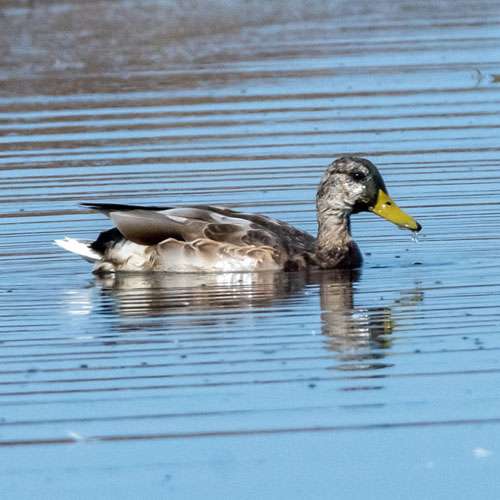 |
Below is the view of the shoreline and lighthouse.
A pair of juvenile Ringed Plovers flew into some rocks at the edge of the rock pool. Flocks
of Ringed Plovers and Dunlins (including a Pied Wagtail) then flew into the bay and settled
on areas of seaweed about 50 m from where we were sitting. We decided to wait and see if they
would wander towards us. As we waited, I managed pictures of a passing second year Herring
Gull and also a pleasing shot of Redshank landing close to the seaweed piles. The waders, as
they searched for food, gradually approached where we were sitting and I managed some better
photographs of the juvenile Ringed Plovers and Dunlins.
Satisfied with our sightings, we moved closer to the lighthouse to observe the passing Gannets, of which there were relatively many, passing intermittently.
On the way there John found a Rock Pipit lurking between the many rocks on the shore. He
followed this with the sighting of a wee bit of
a fight between another Rock Pipit and a Wheatear. We also passed a White-tailed bumblebee on Sea Mayweed and a Buff-tailed bumblebee on Tree
Mallow.
| Rock Pipit |
Wheatear |
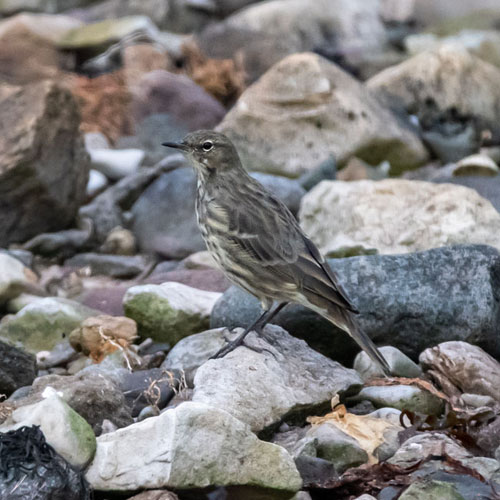 |
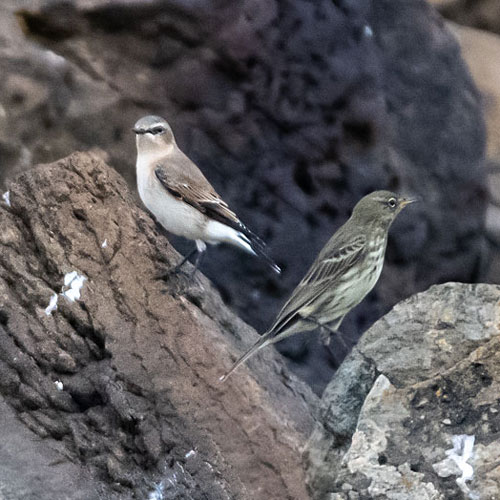 |
| White - tailed Bumblebee |
Buff - tailed Bumblebee |
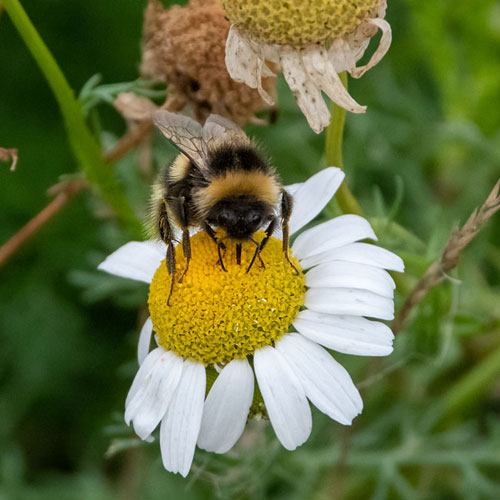 |
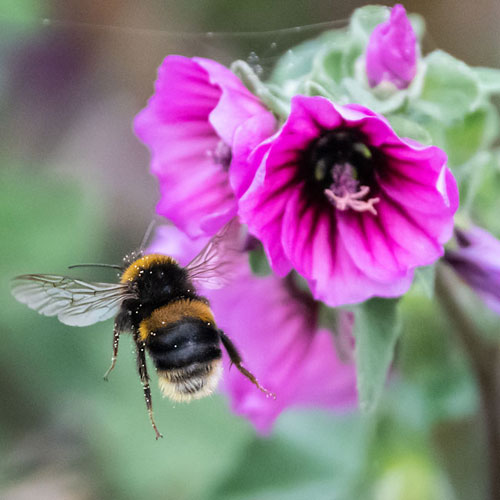 |
After snapping a passing first-year Herring GullI, I caught sight of bird movement from the corner
of my eye and fired of a few shots in its general direction. It turned out to have been a Meadow
Pipit. But probably the best sighting of the day was made by eagle-eyed John, who was obviously
having a good day. He noticed what, at first sight, he thought was a dark bird sitting on the far
rocks by the waters edge. On further investigation it turned out to be a rocky projection but with a
much smaller bird sitting on top - a Kingfisher. I edged out over the rocks to get a closer
view.
John eventually joined me out on the rocks and we got excellent close views of the passing
Gannets.
Each group that passed consisted of mainly adults, but there were immature birds in the mix as
can be seen from the pictures below. Young Gannets are completely black achieving a little more
white plumage each year until maturity in 3 to 4 years.
The picture below shows Gannets passing over a small boat of fishermen. The anglers seemed
more interested in their fishing lines than the spectacular stream of gorgeous birds passing so
close.
Between the phases of Gannet passes we saw Curlews and Oystercatchers on the rocks and in
the air. On examining the pictures of passing Curlews, I discovered that a Bar-tailed Godwit (the
smaller bird with the slightly up-turned bill) was flying with them.
John picked up a distant juvenile Guillemot with his binoculars. I moved even closer to the
water’s edge to get the shot below. We also got very close views of a passing Curlew and Shag.
We came off of the rock shelf and walked to the shore east of the lighthouse. John directed my
attention to another Wheatear that was standing proudly on a rock bathed in sunshine. Also
lapping up the sunlight were the many Harebell flowers growing in the grassy banks just before
the east beach. We gave the beach a miss since we wanted to explore the southern edge of the
site. However I did get a sneaky shot of a Cormorant taken from the sand dunes.
| Juvenile Guillemot |
Curlew |
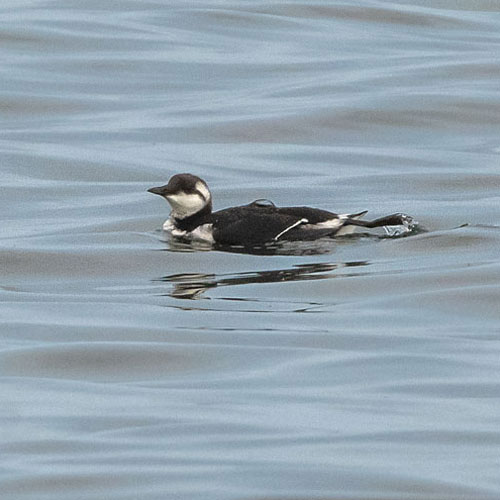 |
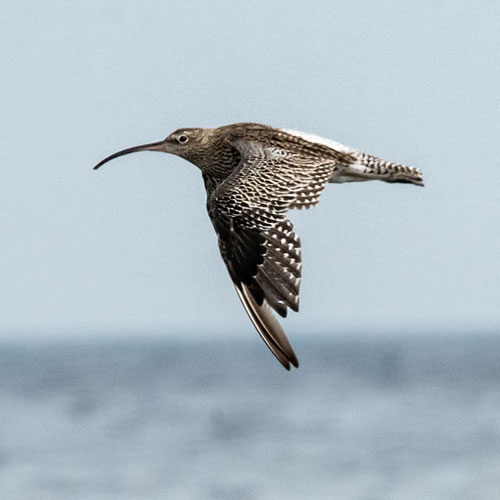 |
| Shag |
Wheatear |
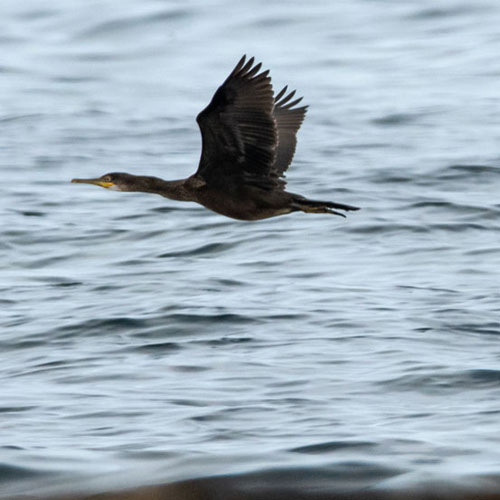 |
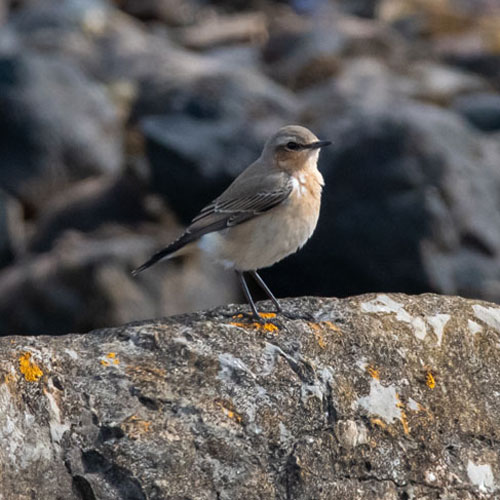 |
| Harebell |
Cormorant |
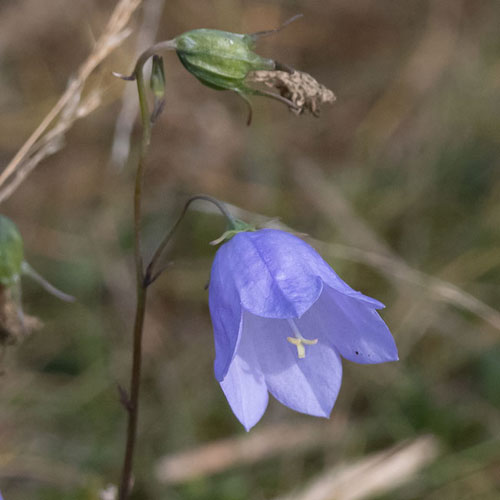 |
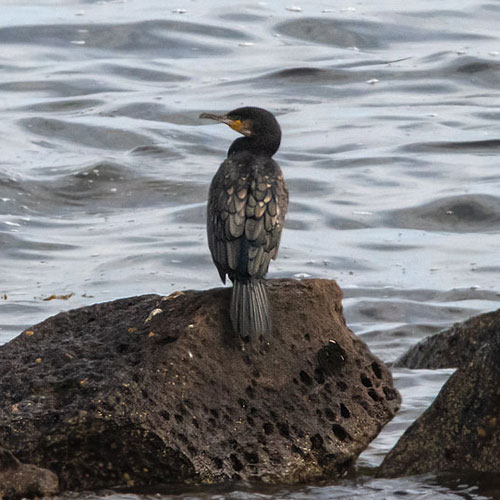 |
This is the view looking east along the east beach, taken from where I snapped the Harebell. Note
the timber wreckage in the foreground (possibly the washed-up remains of an old jetty) and
Torness Nuclear Power Station in the distance.
To reach the south side of the site we crossed through the sheep grazing area that runs parallel to
the east beach. Once again it was John who found a small bird sitting on top of a large bush - I
investigated and found it was a male Stonechat . Just after I photographed that, a Meadow
Grasshopper hopped across my path and into some longer grass and after a wee bit of a
chase I managed a decent capture. Near the south boundary wall a Great Black-backed Gull
passed overhead just before I disturbed a cranefly, Tipula paludosa, and once again I tracked its
movements to finally get a semi-decent shot of it using my Panasonic TZ70 on macro mode. Next
we found a Garden Snail, probably dead, perhaps impaled, on the jaggy branches of a large gorse
bush. The final shot of the visit was once again due to John’s spotting prowess - a very lovely
Specked Wood butterfly that was sunbathing on the branches of a pine tree.
| Stonechat |
Meadow Grasshopper |
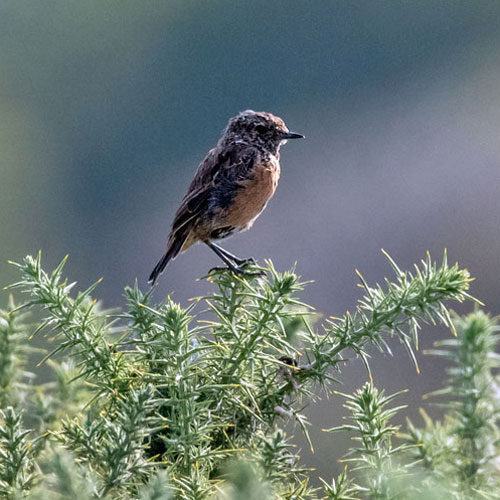 |
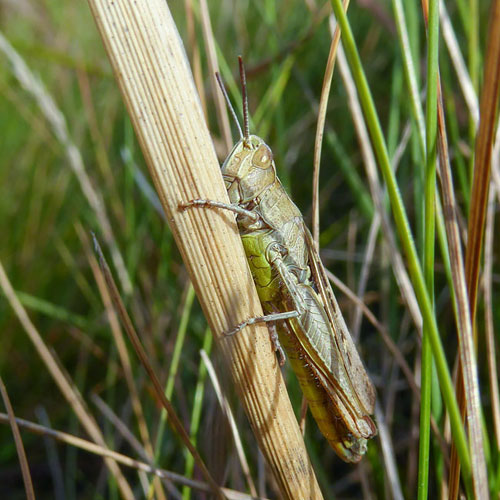 |
| Great Black - backed Gull |
Cranefly - Tipula paludosa |
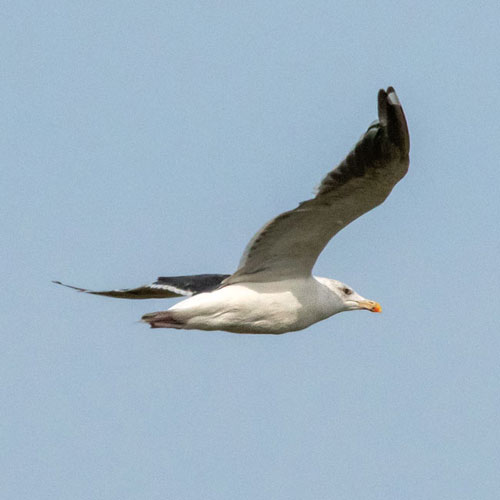 |
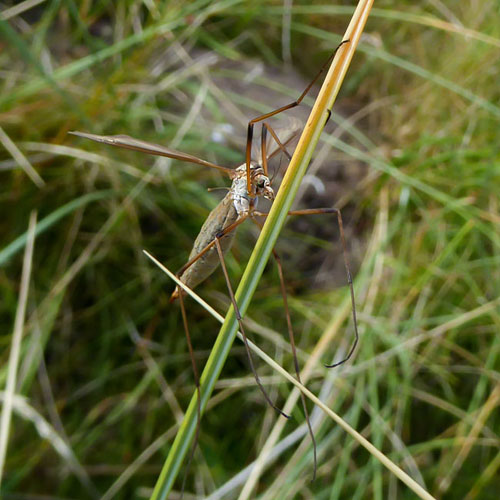 |
| Garden Snail |
Speckled Wood Butterfly |
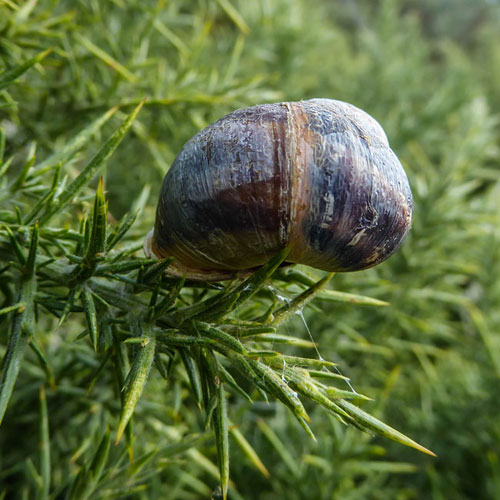 |
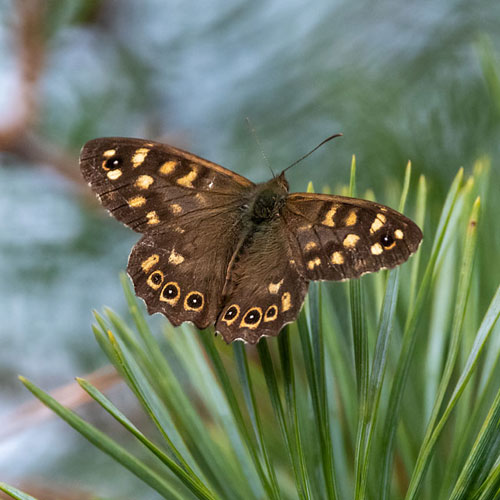 |
We returned to the car relatively satisfied with our eclectic mix of sightings. We didn’t see any
cetaceans but foremost in my mind were the little waders at the start and then the unusual
discovery of the Kingfisher on the rocks, and of course the crowds of Gannets piling down the
Forth Estuary. We had chocolate eclairs washed down with strong tea, ample reward for a decent
effort - especially by John and his red-hot binoculars.
Week ending: 3rd September 2023: Maidens and Doonfoot
It was wall-to-wall sunshine all across Central Scotland on Sunday. Encouraging reports of birds
were coming from South Ayrshire, so even though we had visited their relatively recently, I thought
it was worth a visit. We stopped off at Ayr Morrisons for the usual Sunday breakfasts, which of
course were excellent (10/10: no complaints, only praise). When we arrived at Maidens Harbour
the tide was just past its lowest ebb, which was good for us since we could observe birds coming
closer on the incoming tide.
At first all we could see were quite distant views of Oystercatchers, a few Dunlins and
Ringed Plovers. There were a few flypasts, namely an immature Herring Gull, Curlew and a
Common Gull (which was taken by John when I went back to the car to replace my broken stool).
| Oystercatcher |
Dunlin |
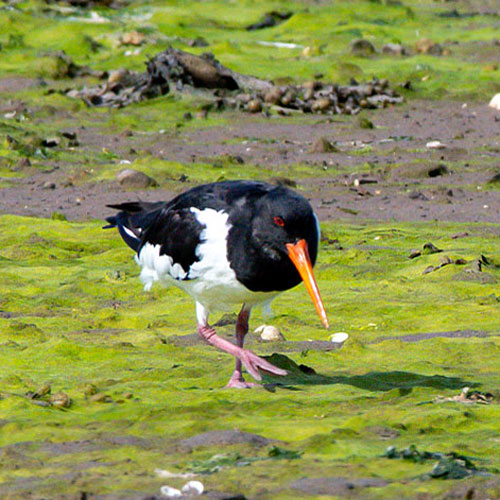 |
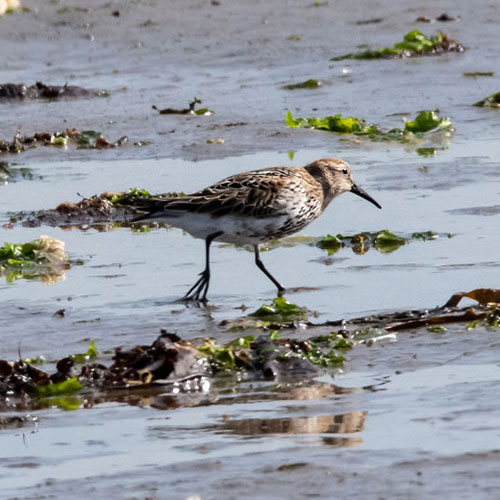 |
| Ringed Plover |
3rd Cycle Herring Gull |
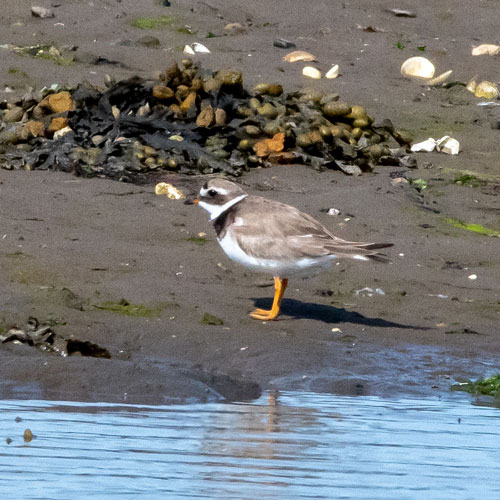 |
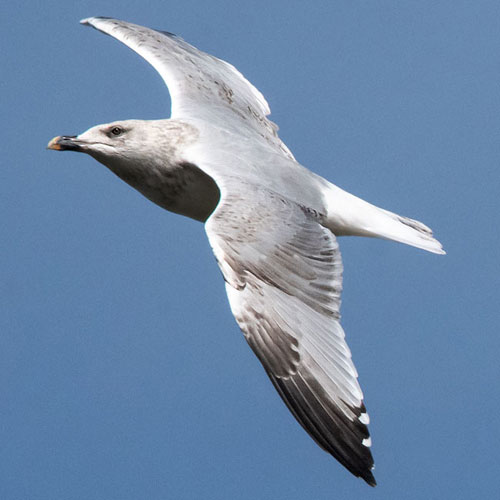 |
| Curlew |
Common Gull |
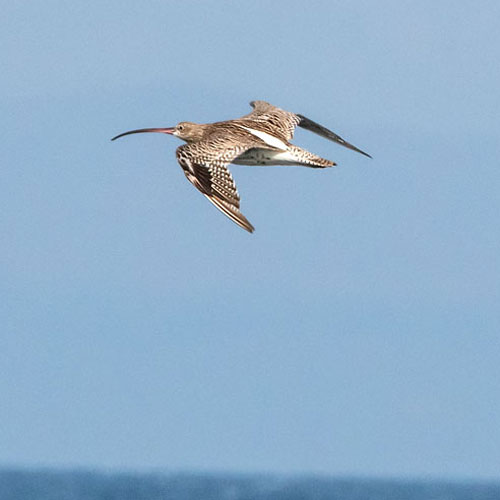 |
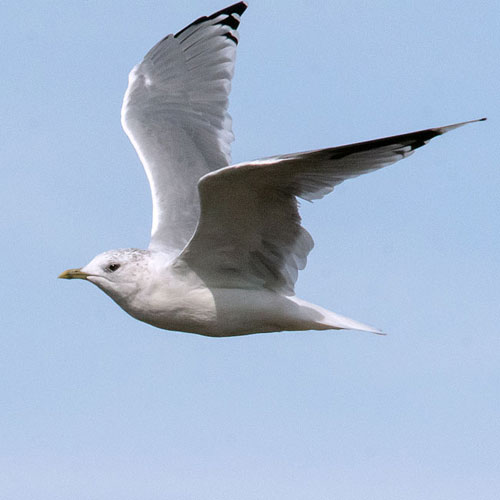 |
Our flypast observations suddenly jumped up to another level when a rather large flock of Dunlin
and Ringed Plovers swept low across the harbour and settled, after a short time, on the south
edge of Maidens beach.
I managed some very pleasing flight pictures of the Ringed Plovers and Dunlin as they made
several passes in front of us. Dunlins were in the majority …
… but there were a few Ringed Plovers in the mix.
We got some nice close views of the small waders as they flew in and out and shuffled across the
damp sands among the Oystercatchers.
| Dunlin |
Ringed Plover |
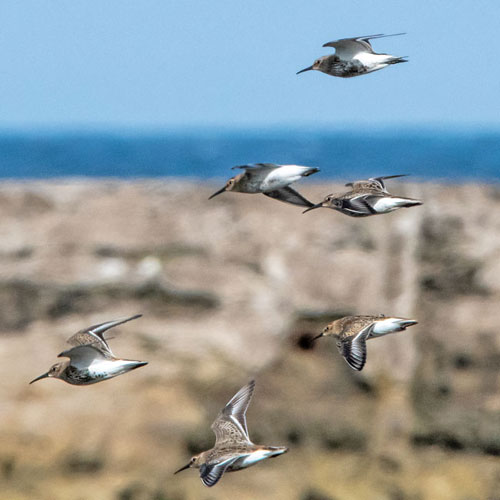 |
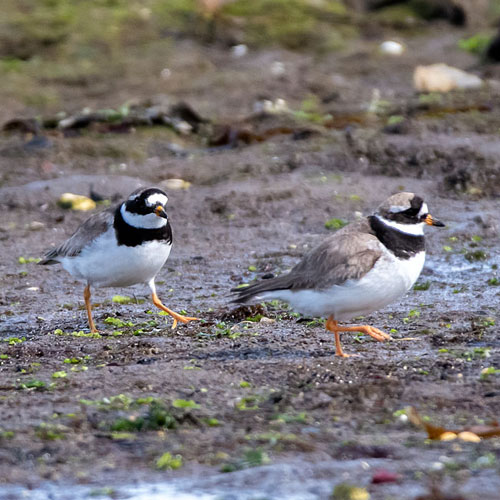 |
| Dunlin / Ringed Plover |
Oystercatcher |
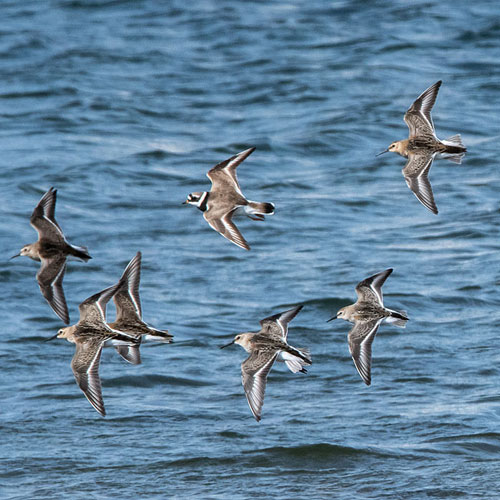 |
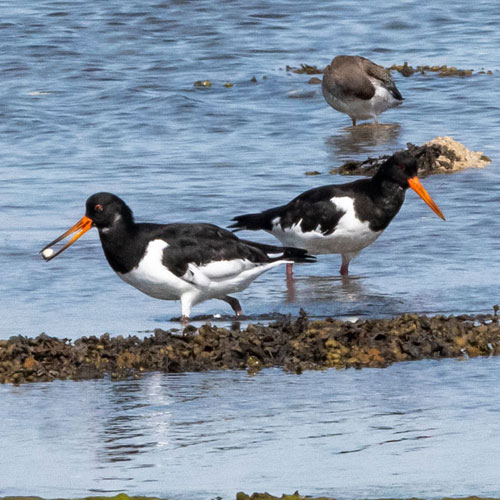 |
However, the inevitable happened - dog walkers turned up, as well as a passing petrol-head and
the flock took flight and relocated to the harbour basin.
The Dunlins and Ringed Plovers settled on the mud in the middle of the harbour, some snoozing,
others foraging. Meanwhile, on the beach we could see Pied Wagtails. John noticed Cormorants,
a juvenile with an adult, perched high on the rocks at the opposite side of the harbour mouth.
| Dunlin |
Ringed Plover |
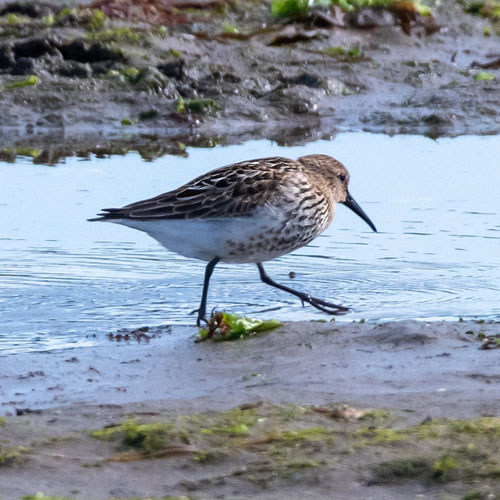 |
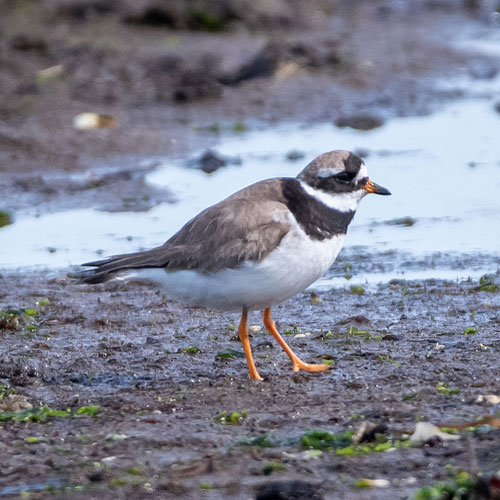 |
| Pied Wagtail |
Cormorant |
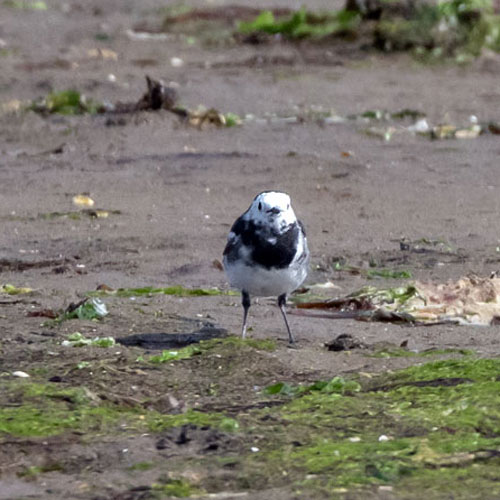 |
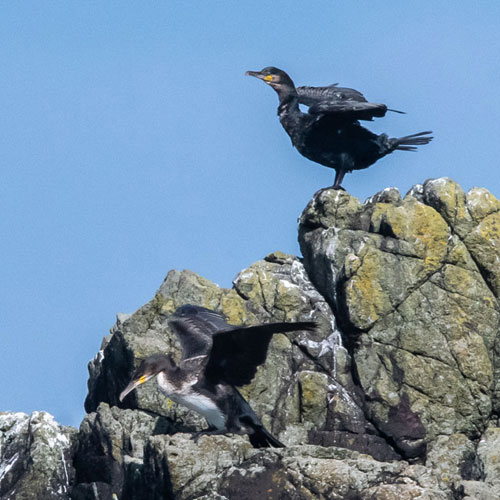 |
John also spied a wriggling mass of Starlings, a feeding frenzy, on the rocky edge of the sands.
There was probably an invertebrate-rich seaweed pile there.
The Starlings were disturbed by, of all things, a pair of juvenile Red-Breasted Mergansers that flew low over them. Just as we were about to vacate the apparently empty beach, I noticed a
juvenile Turnstone moving hesitantly across the edge of the shore. A Rock Pipit, first spotted by
John, appeared on a rock that was covered in Common Orange Lichen: Xanthoria parietina.
As we left the beach I nearly stood on a dead Lion’s Mane Jellyfish, one of
many we had seen. On the pathside I photographed a drone fly, possibly Eristalis arbustorum, that
was busy on a Sow Thistle flower head.
| Starling |
Juvenile Red - breasted Merganser |
 |
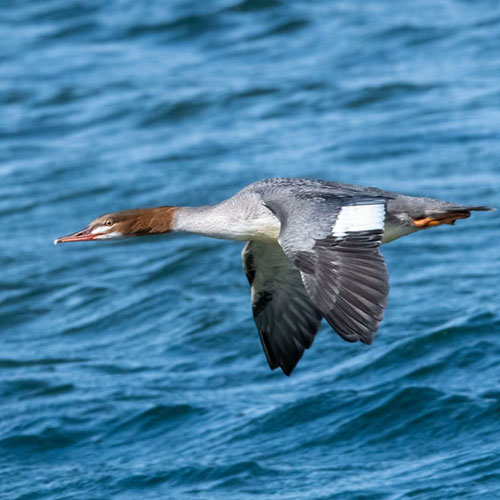 |
| Juvenile Turnstone |
Rock Pipit |
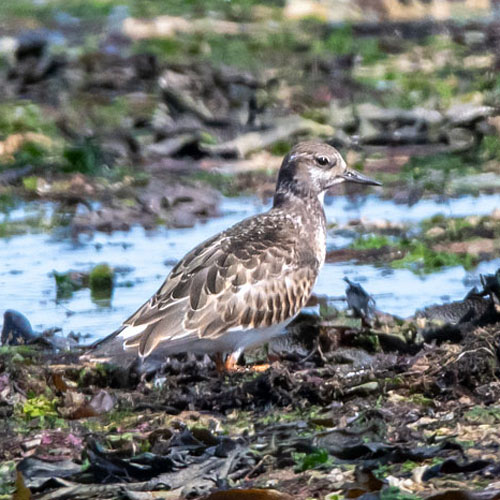 |
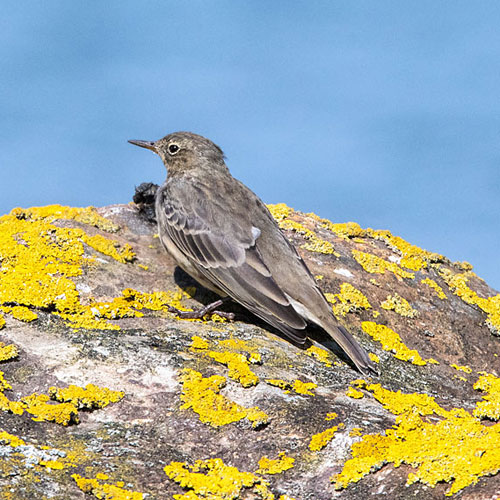 |
| Lion's Mane Jellyfish |
Hoverfly - Eristalis arbustorum |
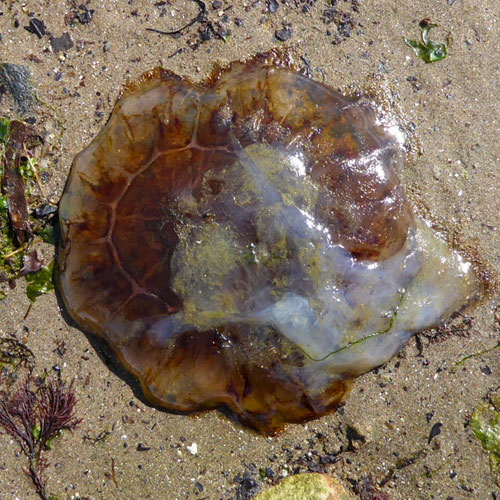 |
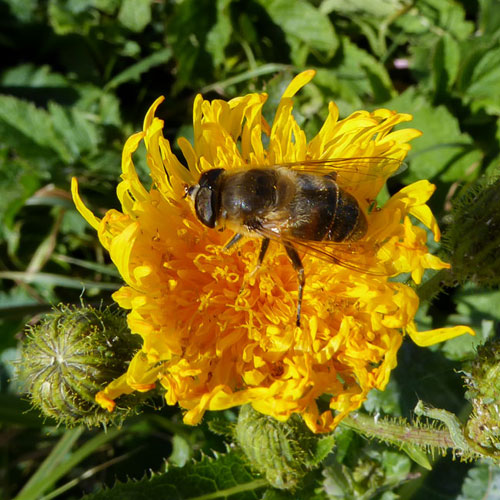 |
We crossed to the harbour quay in order to observe any passing sea birds. On the way I noticed a
Black Nightshade plant growing on the kerbside. It was loaded with green seed pods. Near it, on
the grass, I discovered tiny, but very pretty flowers of Dove's-foot Cranesbill. When I’d
finished photographing the Cranesbill, a Small Tortoiseshell butterfly fluttered onto a Dandelion
flower. The tide had started to fill the harbour with water. I spotted a diving Shag and there were
Redshanks and Mute Swans busy around the edges. Our sea-watching from the harbour didn’t
amount to much, as we only saw very distant Gannets and Cormorants/Shags. We decided then
to head home via Doonfoot where we could checkout the Doon estuary before the taking of tea
and strawberry tarts.
| Black Nightshade |
Dove's - foot Cranesbill |
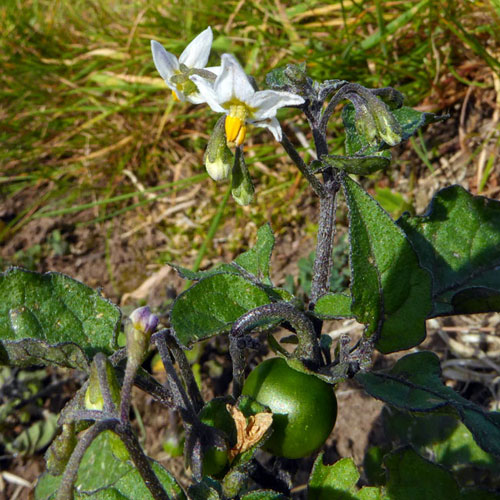 |
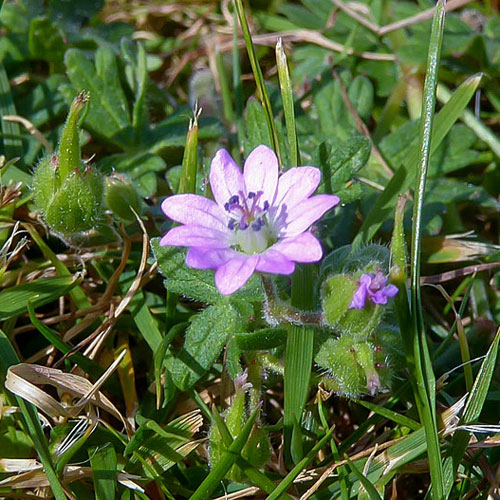 |
| Small Tortoiseshell Butterfly |
Shag |
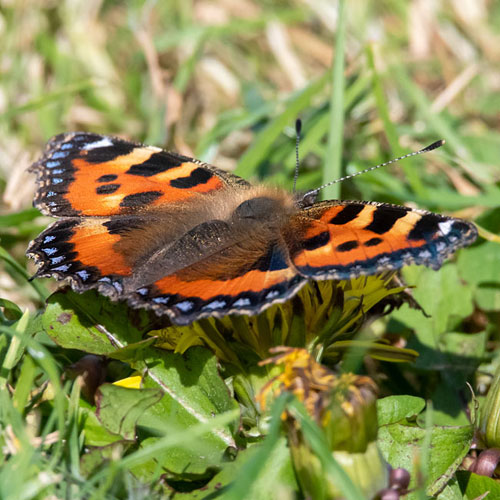 |
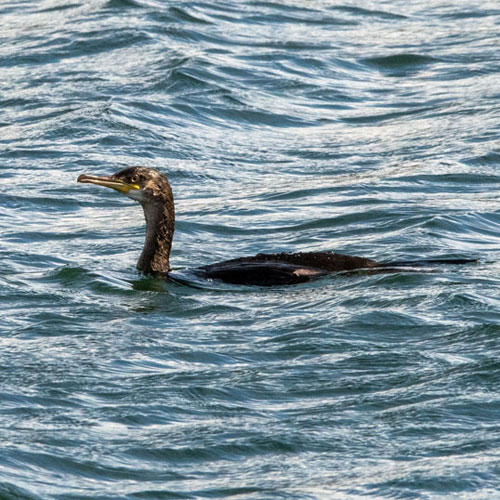 |
| Redshank |
Mute Swan |
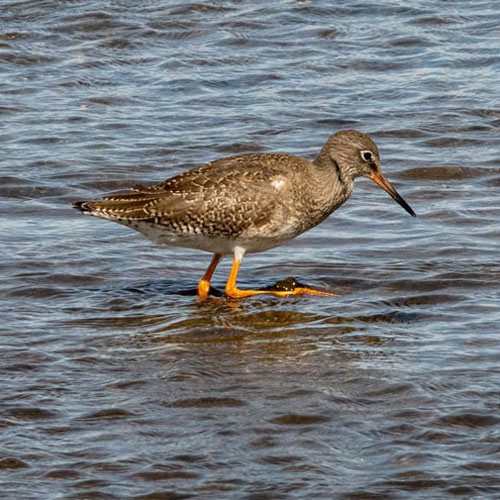 |
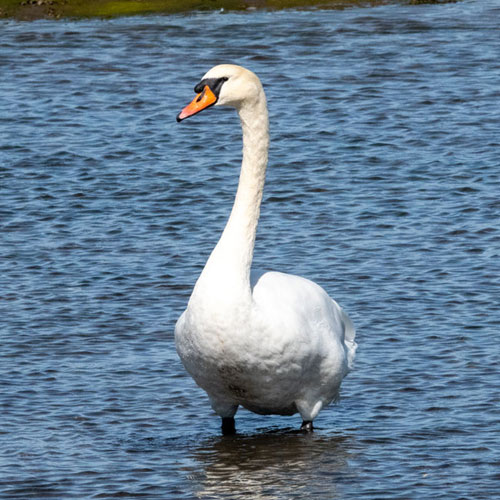 |
A half an hour later we were at Doonfoot looking out over the swan-filled Doon estuary with the
very sun-soaked town of Ayr in the background.
Just after taking the previous photo, a few Teal passed overhead. The drakes were still in
their eclipse plumage. I was being watched by a Carrion Crow from across a stream. We could
see a gathering of birds on the north bank so we crossed the footbridge to get a better view of
them. The birds were very close to the footpath so I managed very decent shots of the
Redshanks, Lapwings and Turnstones gathered there. John spotted a pair of Goosanders floating among the gulls.
| Teal |
Carrion Crow |
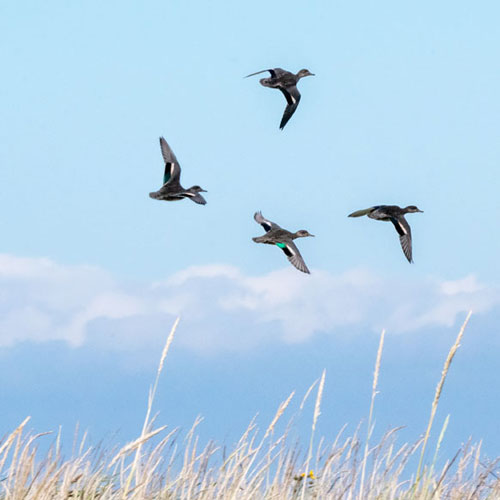 |
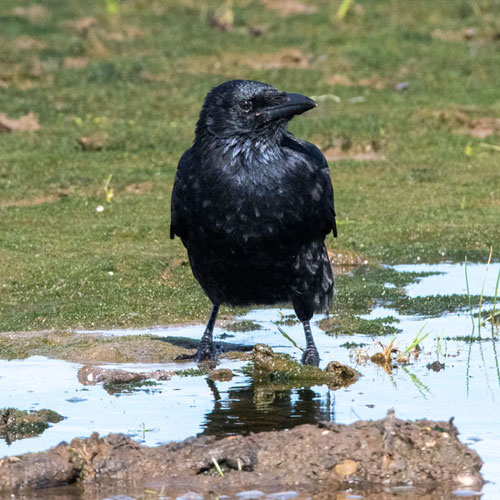 |
| Redshank |
Lapwing |
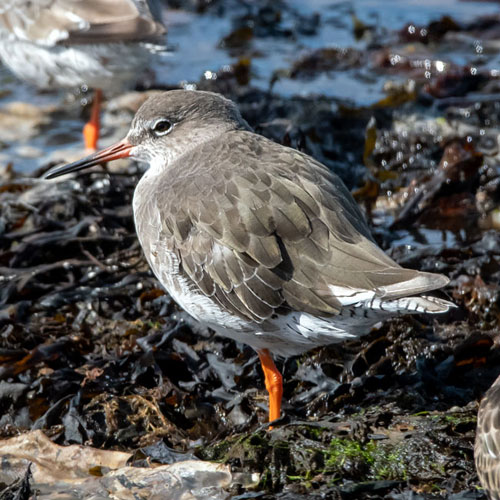 |
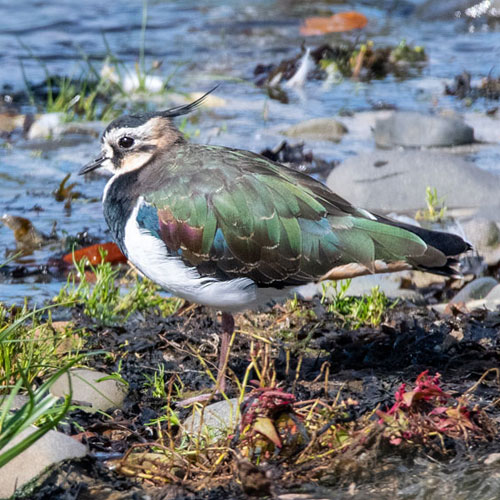 |
| Turnstone |
Goosander |
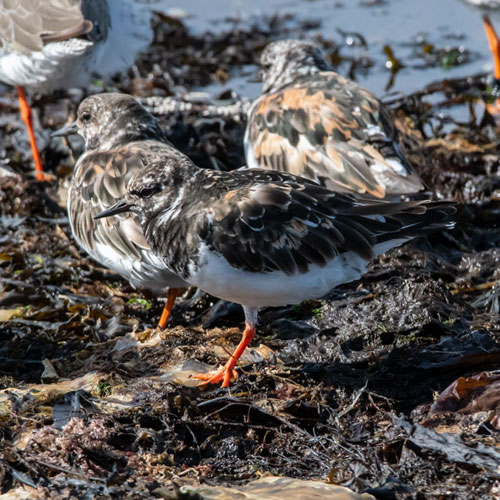 |
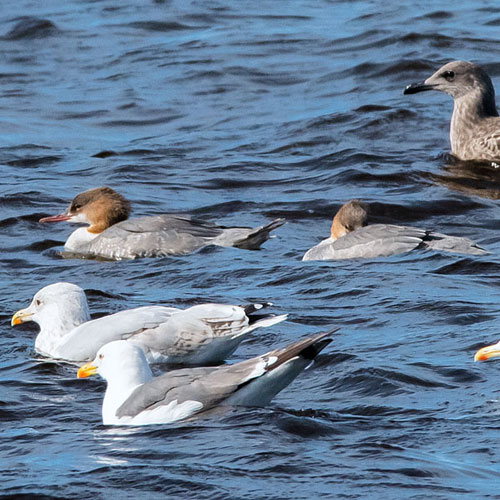 |
There were the usual comings and goings as birds moved within the flock. Lesser Black-backed
and Great Black-backed Gulls flew around imperiously, while Carrion Crows dashed from A to B,
always on the lookout for feeding opportunities. There were a couple of Woodpigeons on the
banks of the estuary; more timid birds, always ready to flee from any perceived threat.
| Lesser Black - backed Gull |
Great Black - backed Gull |
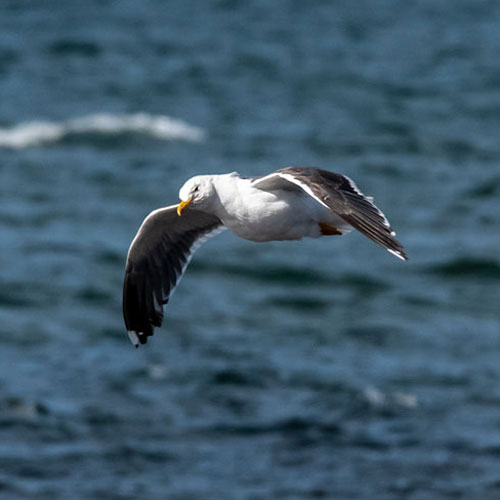 |
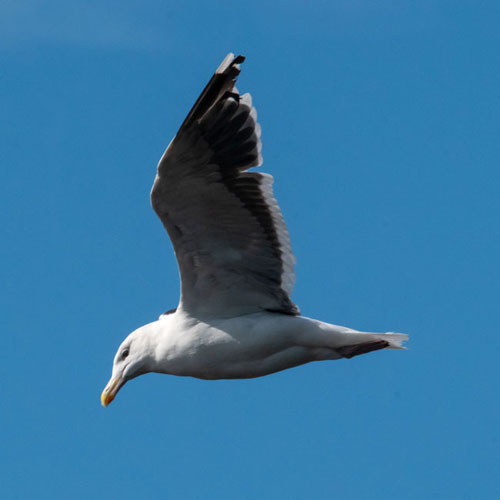 |
| Carrion Crow |
Wood Pigeon |
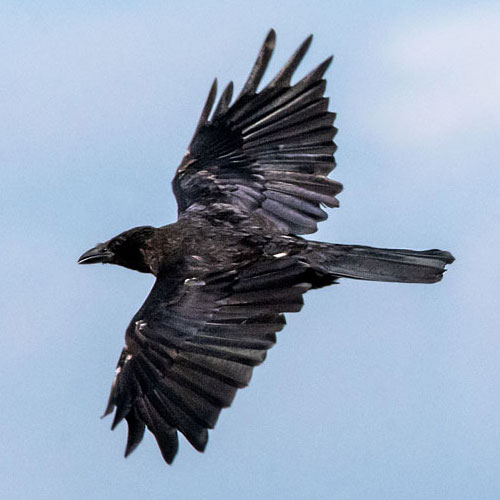 |
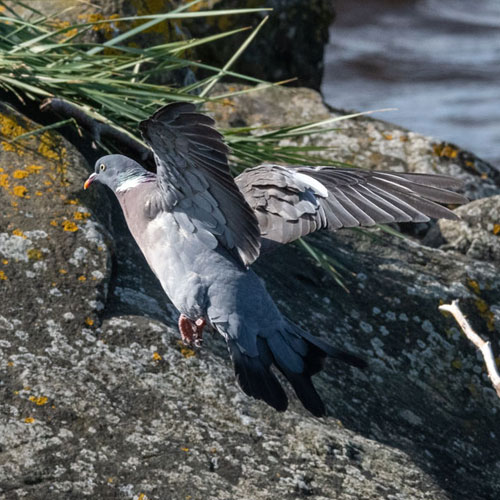 |
Talking of threats, a dominant cob Mute Swan sailed into the swan flock causing them to scatter
lest they became victims of his wrath. Even the little Teal ducks got out of his way. We decided to
head back to the car, pausing briefly after recrossing the footbridge, to photograph a Pied
Wagtail. As I snapped it, the Teals flew off of the estuary, passing very close, allowing me the
opportunity to get very satisfying shots.
It had been one of those perfect days for watching nature - bright, warm and dry weather with
plenty of subjects to photograph. My personal favourites were the waders at Maidens and the
Lapwings and flying Teal at Doonfoot. Of course, the strawberry tarts washed down with strong
tea. The weatherman on telly said the warm spell should last well into next week - let’s hope that
includes next weekend.
Highlights - September 2023
We present this month’s gallery of my
favourite pictures I’ve taken during September 2023. They are
not listed in the order they have been taken, but according to a series
of themes. I’ve kept
commentary to a minimum, preferring to let each picture talk for itself.
WINGS I
| Curlew |
Gannet |
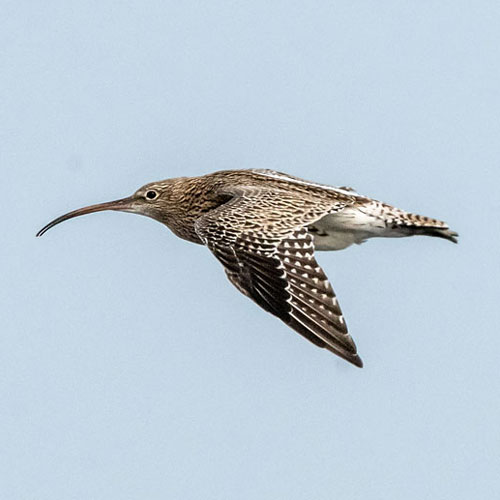
|
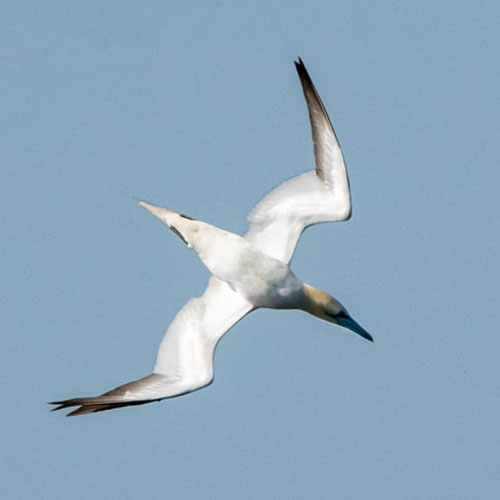
|
| Juvenile Goldfinch |
3rd Cycle Herring Gull |
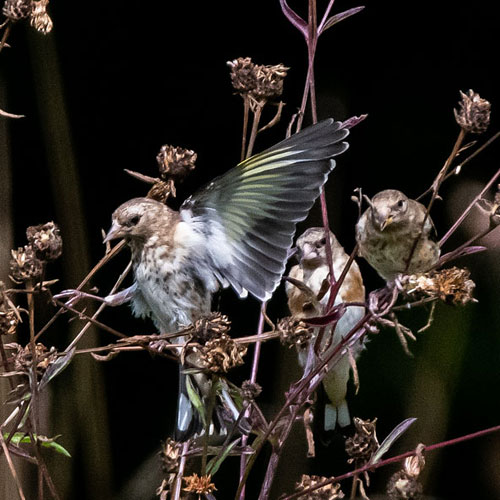
|
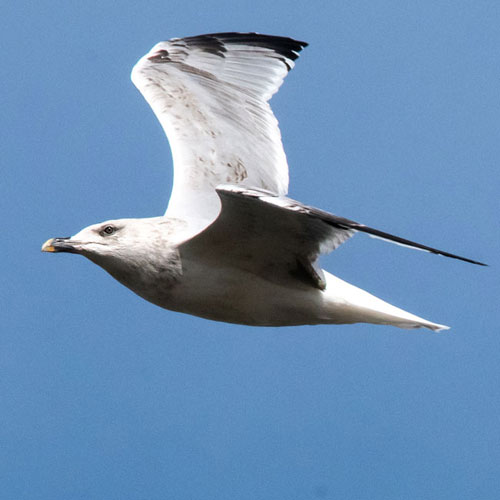
|
ON THE WATER
| Carrion Crow |
Juvenile Coot |
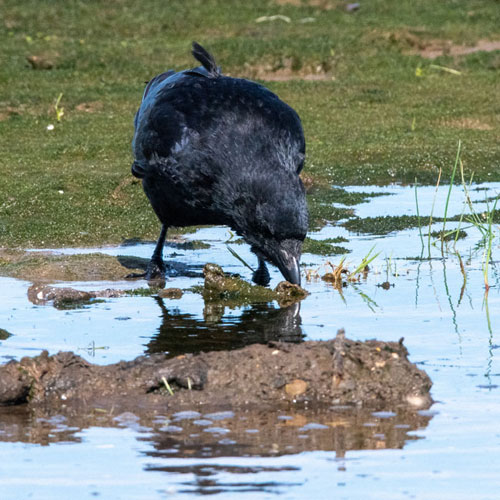
|
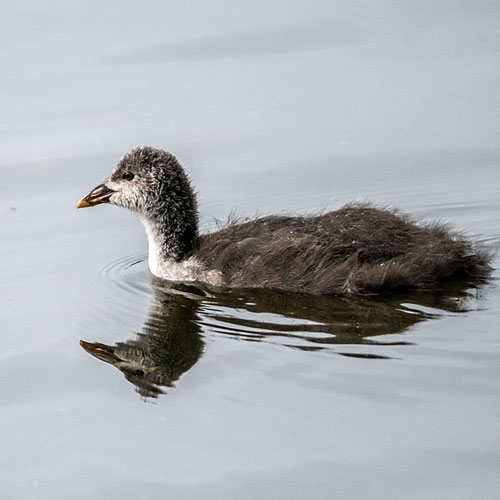
|
| Curlew |
Female Goosander |
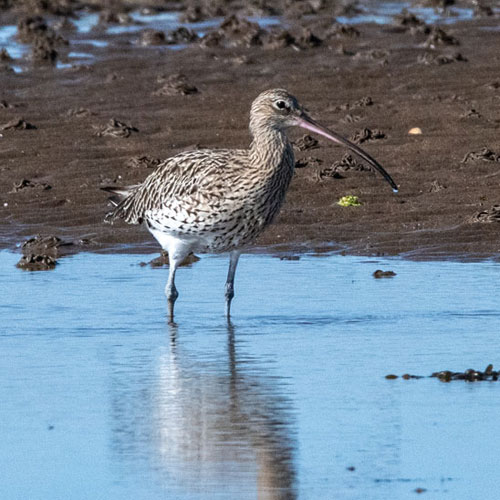
|
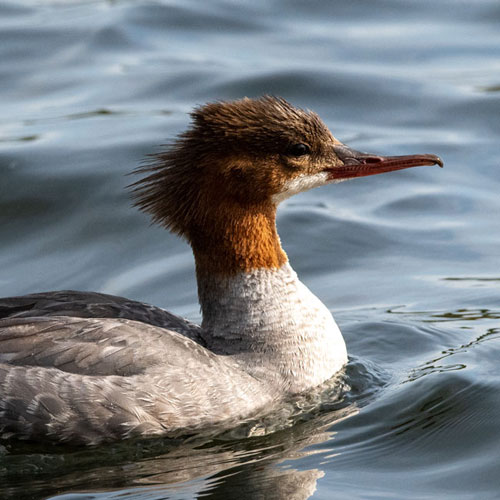
|
| Great Crested Grebe |
Lapwing |
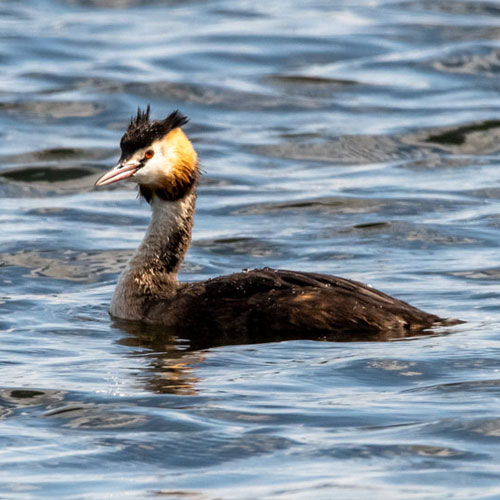
|
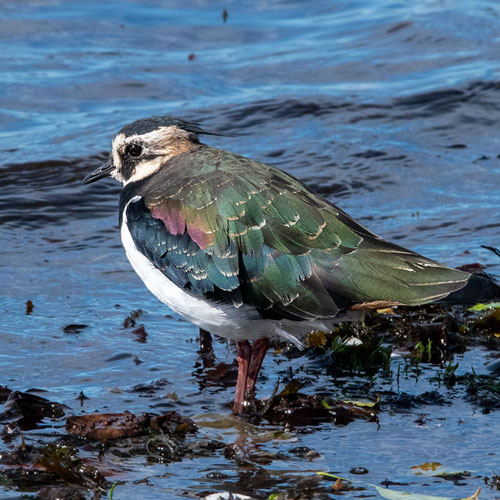
|
BUTTERFLIES
| Red Admiral... |
|
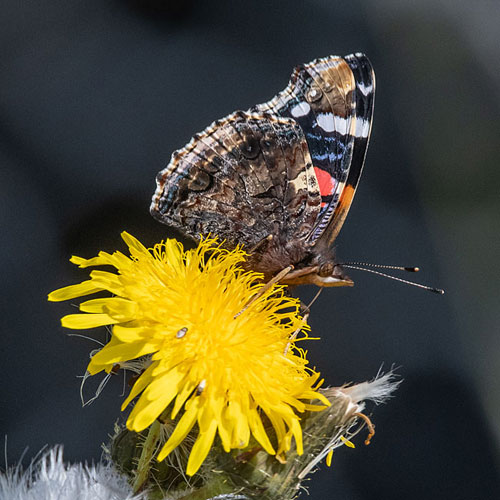
|
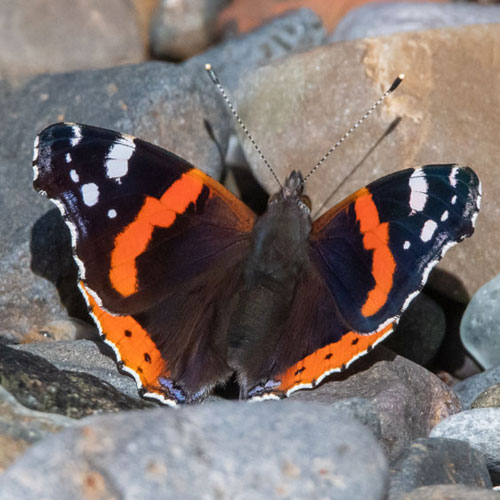 |
| Speckled Wood |
Small Tortoiseshell |
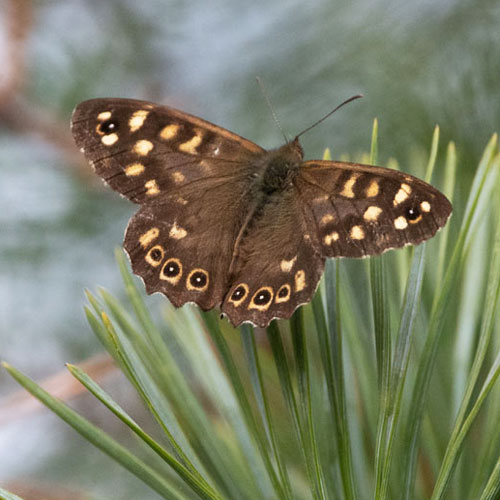
|
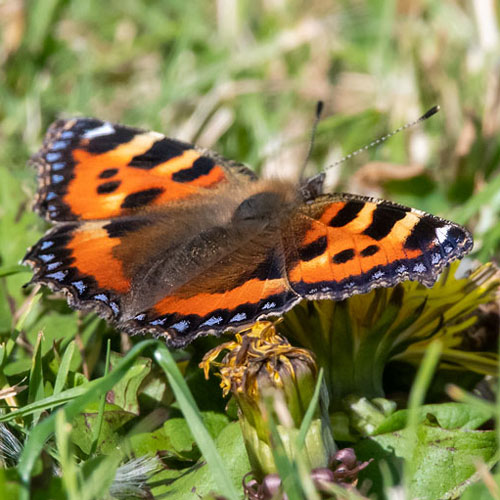
|
| Small White |
Peacock |
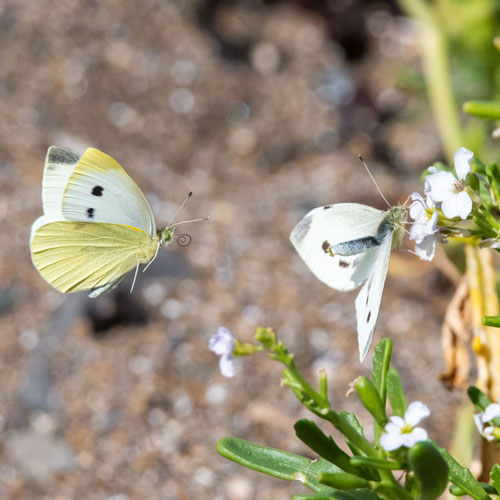 |
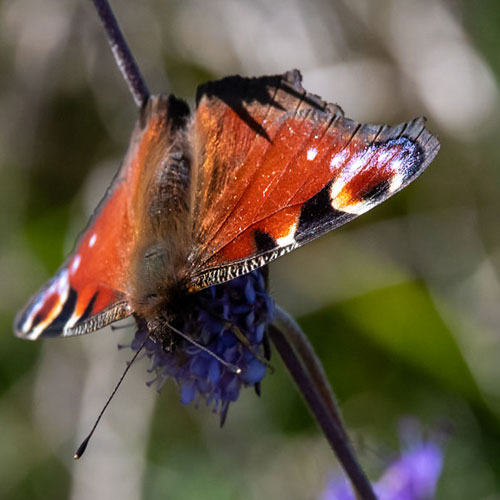 |
INVERTEBRATES
| Buff - tailed Bumblebee |
Comma Butterfly |
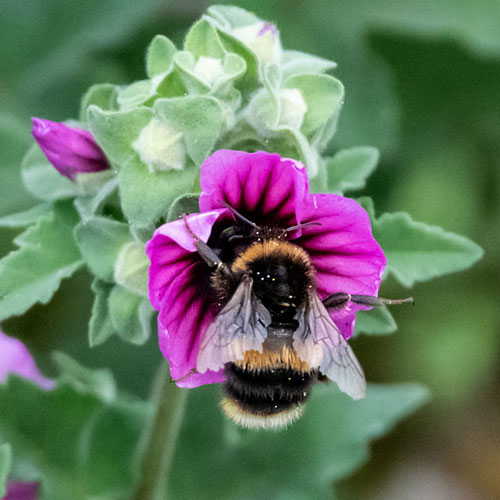
|
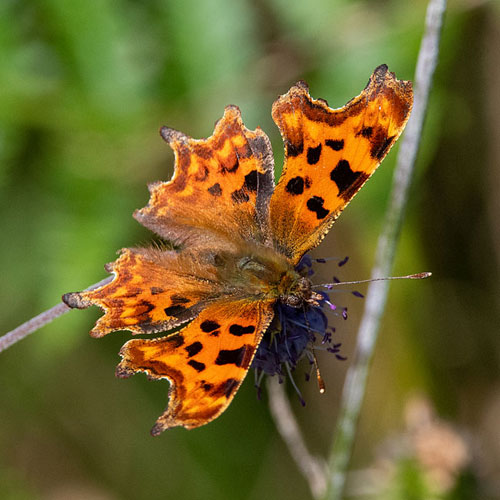
|
| Hoverfly - Eristalis arbustorum |
Meadow Grasshopper |
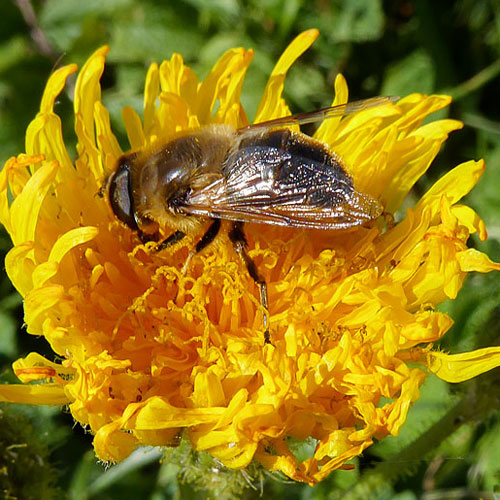
|
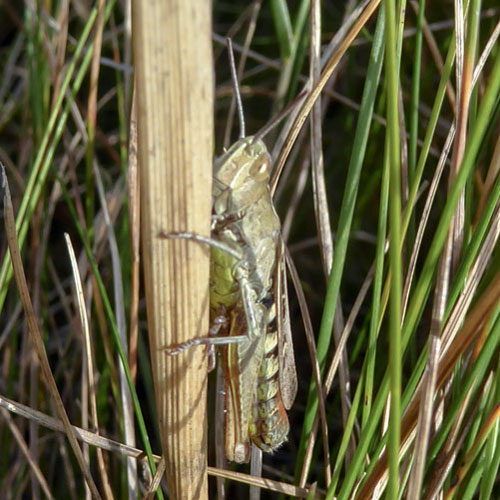
|
| Beetle - Geotrupes stercorarius |
White - tailed Bumblebee |
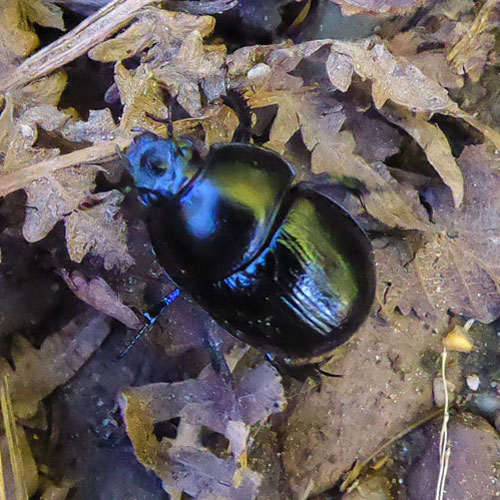
|
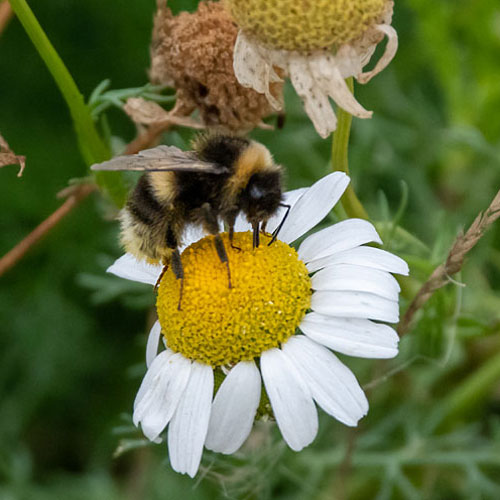
|
ON THE WATER II
| Mallard |
Juvenile Moorhen |
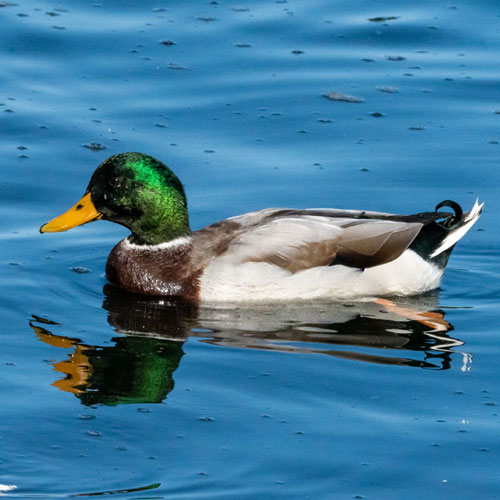
|
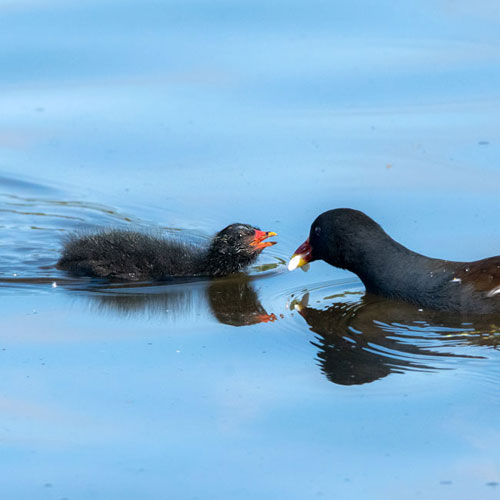
|
| Mute Swan |
Female Tufted Duck |
WINGS II
| Kittiwake |
Kestrel |
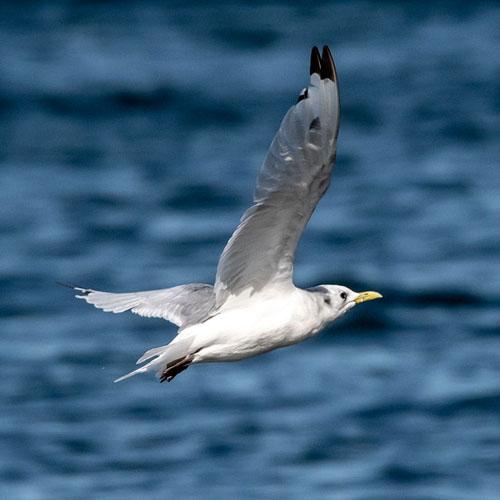
|
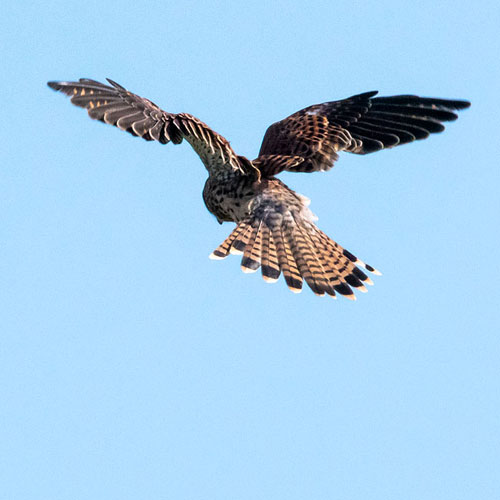
|
| Oystercatcher |
Shag |
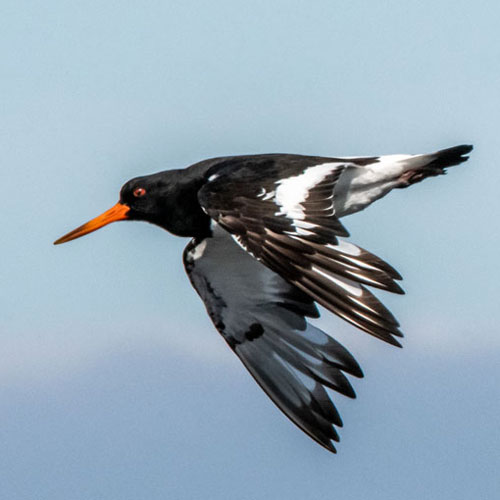
|
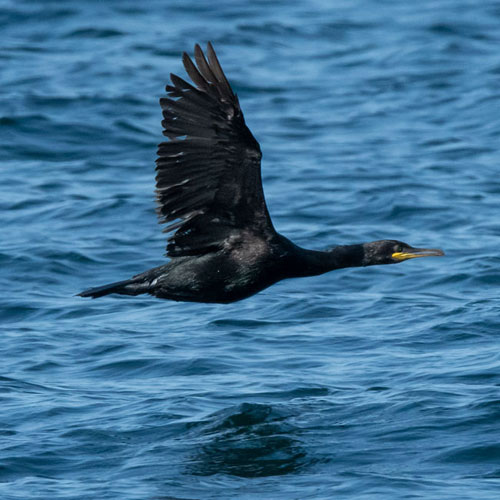
|
| Juvenile Red - breasted Merganser |
Teal |
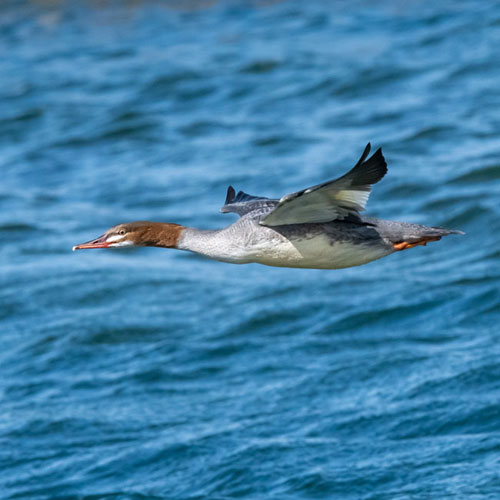 |
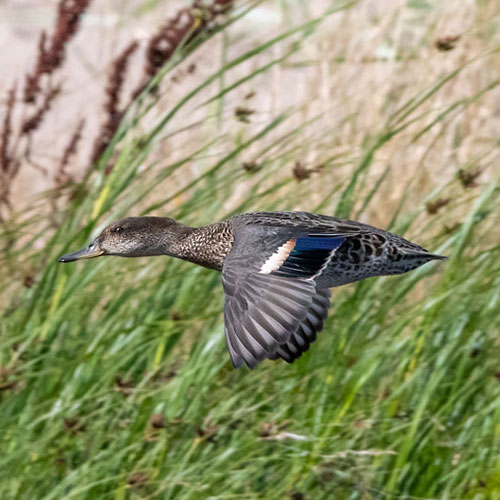 |
PARK BIRDS
| Chaffinch |
Feral Pigeon |
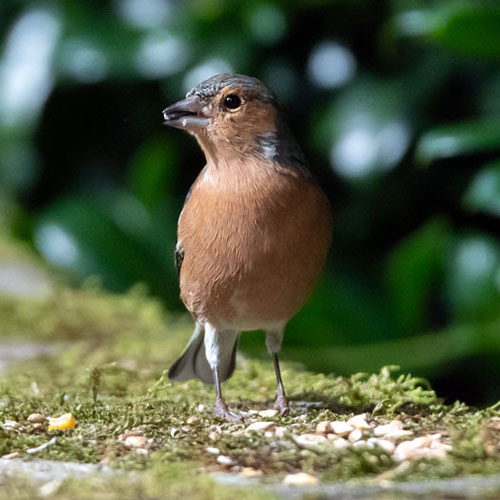
|
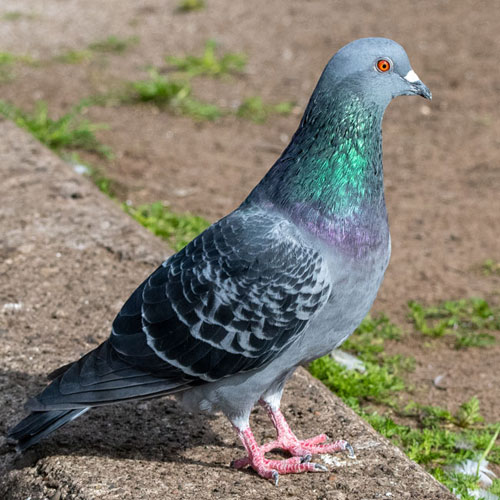
|
| Juvenile Greenfinch |
Pied Wagtail |
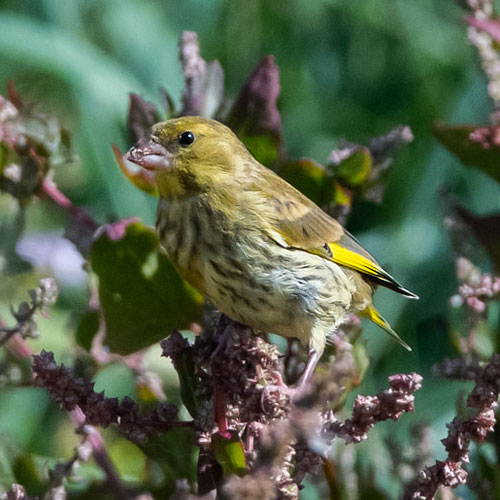
|
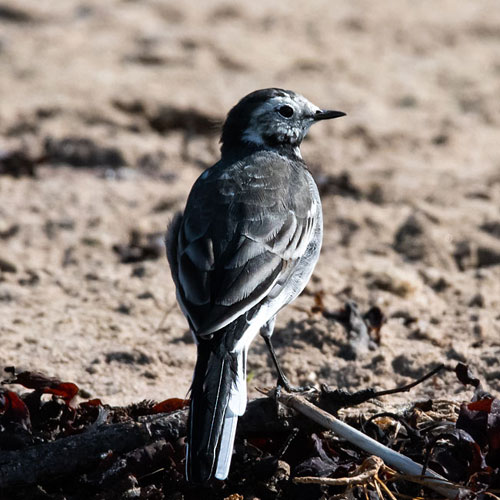
|
| Robin |
Rook |
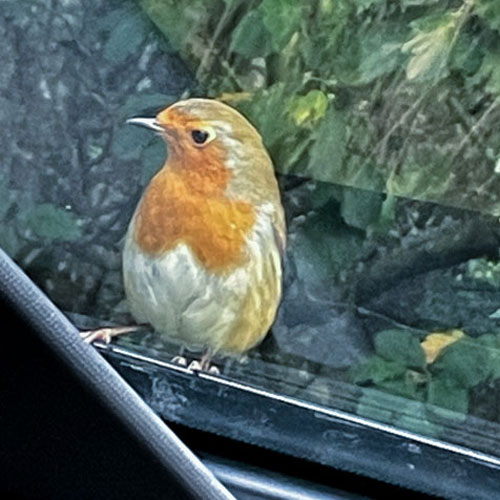
|
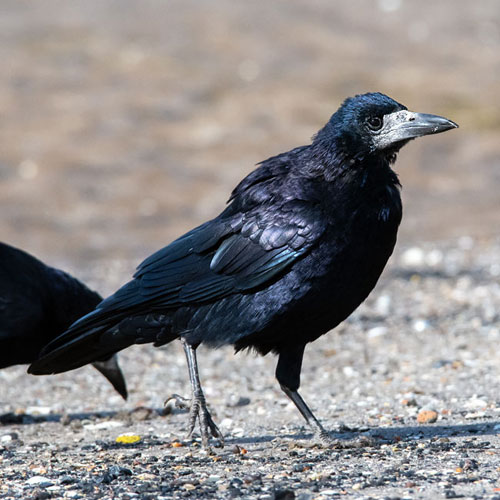
|
Back To Top
|

